I should mention more than once that, among all the cities in Southeast Asia and South Asia, my favorites are Galle, Ubud, and Luang Prabang. They are not commercialized, comfortable, and full of cultural stories.
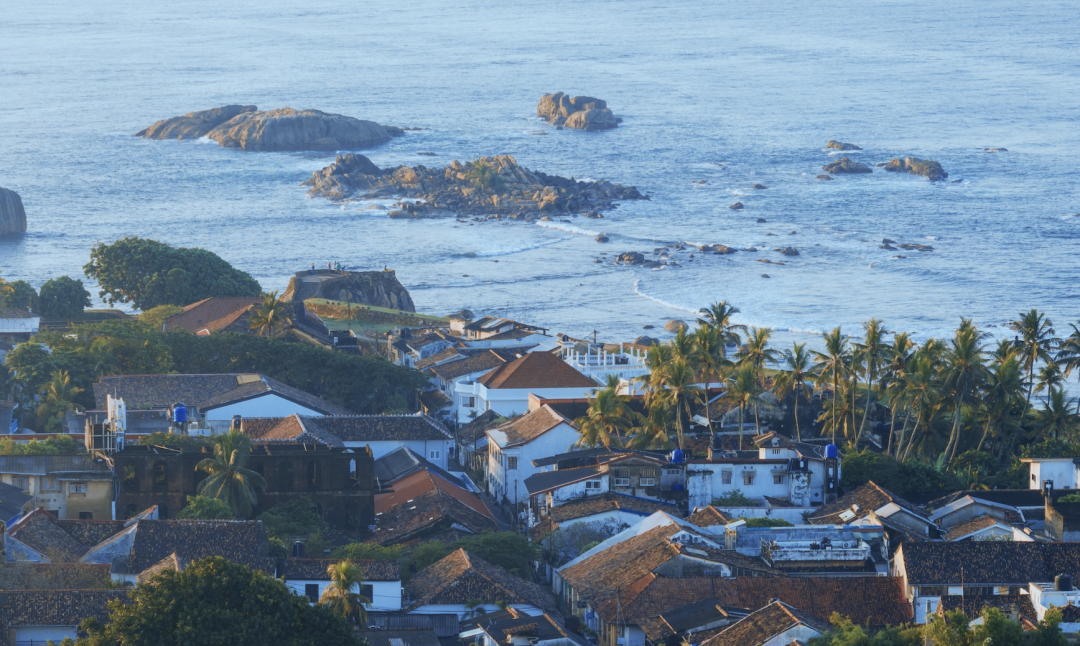
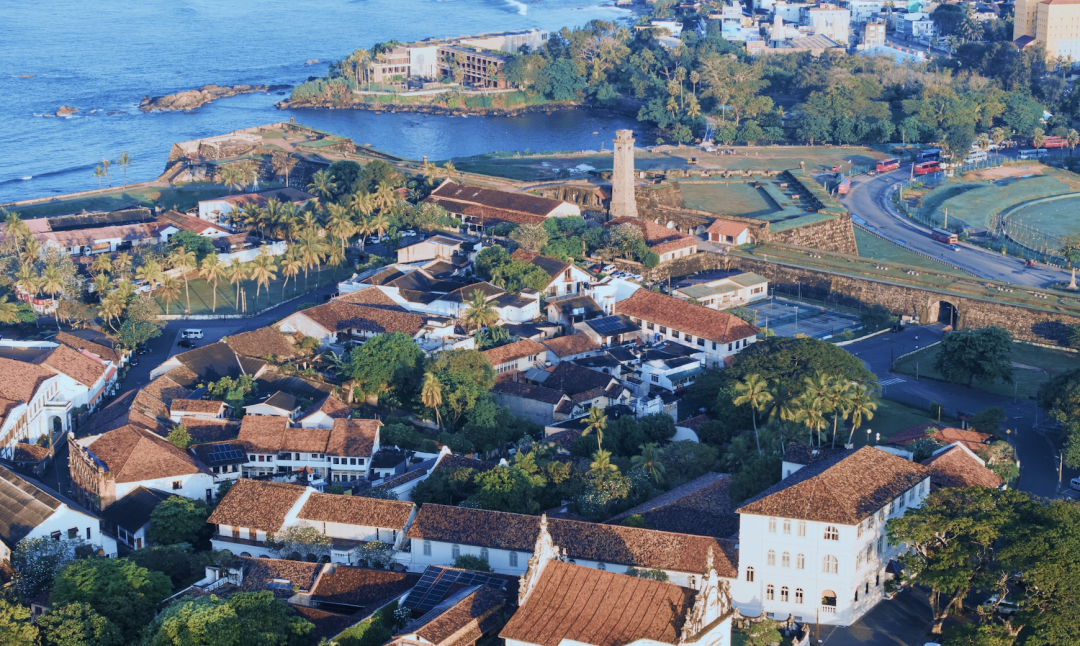
Most of you are somewhat familiar with Ubud and Luang Prabang. Galle is located in Sri Lanka, and the magic of Galle’s old town lies in the fact that local workers directly brought the models of European architecture here. It resembles a quaint European-style town and will make you feel as if you’ve returned to the 17th century, during the dynamic Age of Exploration.
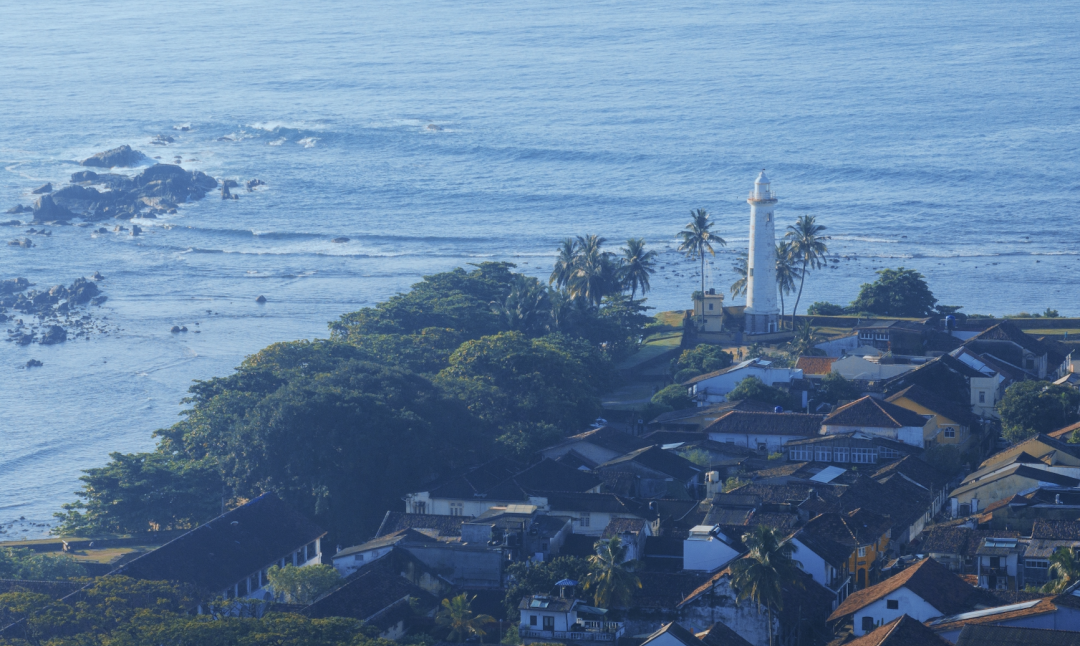
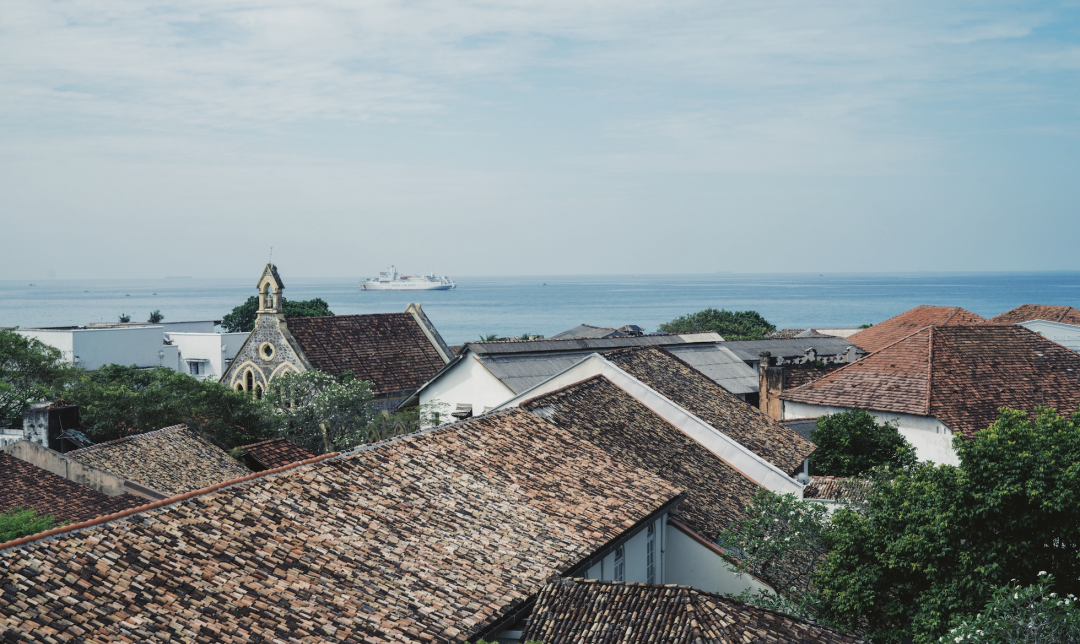
The history of Galle is also a history of colonization. The old town of Galle was initially established by the Portuguese in the 16th century, and later, the Dutch occupied Galle and built the city walls. Most of the buildings within the Galle Fort were constructed during the Dutch period. Later, the British expelled the Dutch, and they only left after the independence of Sri Lanka.
Here is an overview of Galle Fort. It’s a city built on rocks, a strong fortress from the Age of Exploration.
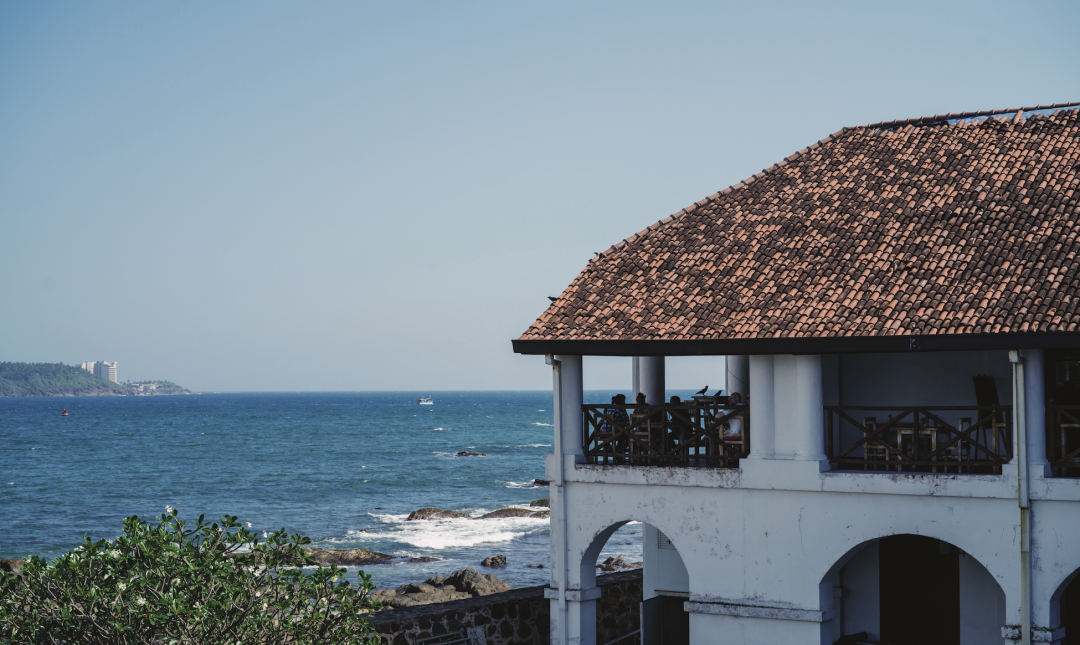
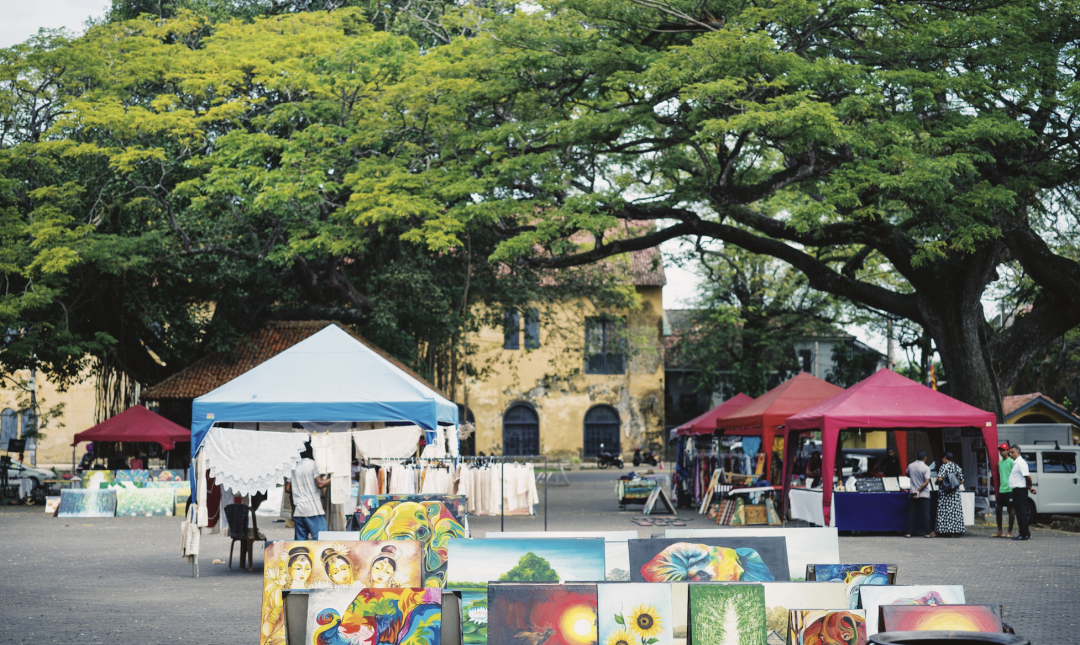
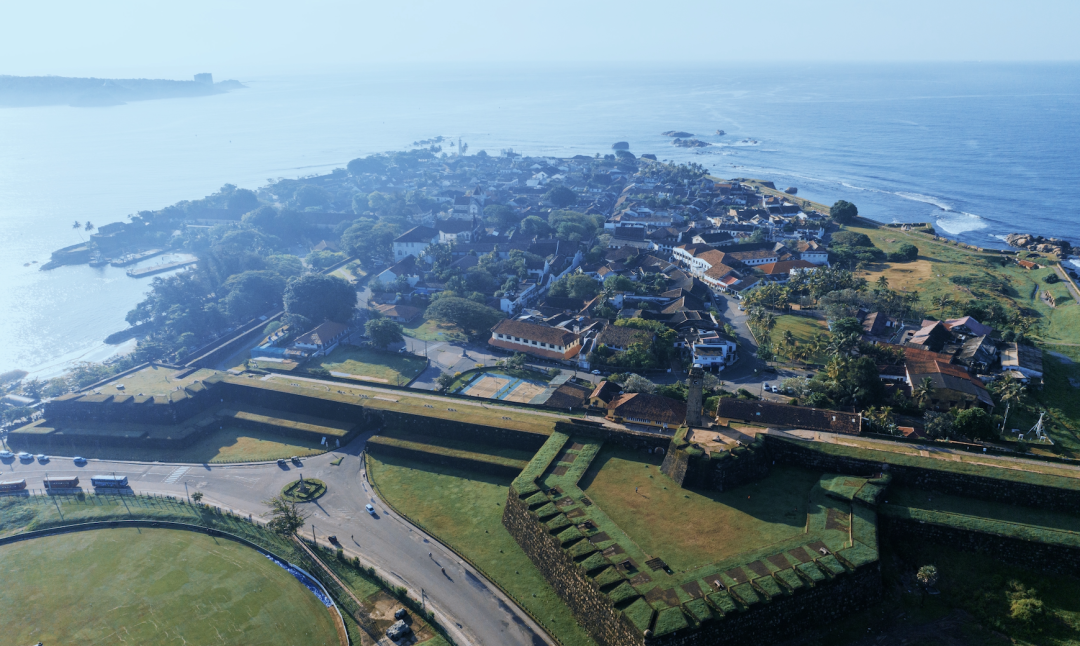
Today, Galle Fort has become a UNESCO World Heritage Site and is a living ancient city. It is filled with exotic charm, with the air filled with the scent of spices and sea breeze. If you go to Sri Lanka, you can skip other cities, but you must visit Galle.
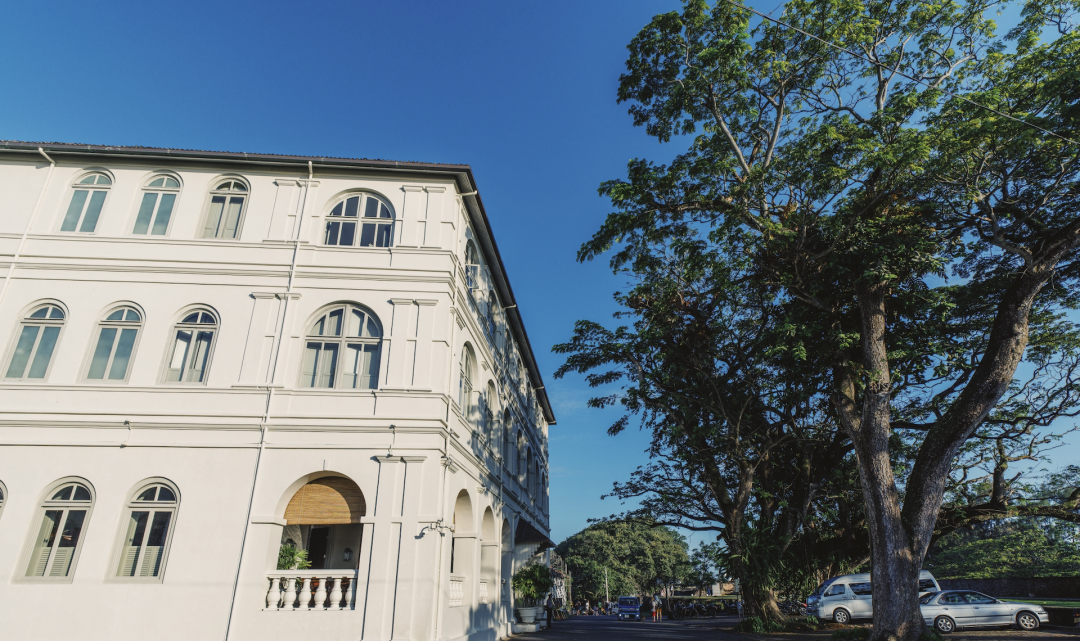
Today’s article features Aman Galle (Amangalla). This is my eighth Aman hotel (the ninth is Aman Wela, also in Sri Lanka), and it might be the one with the most stories.
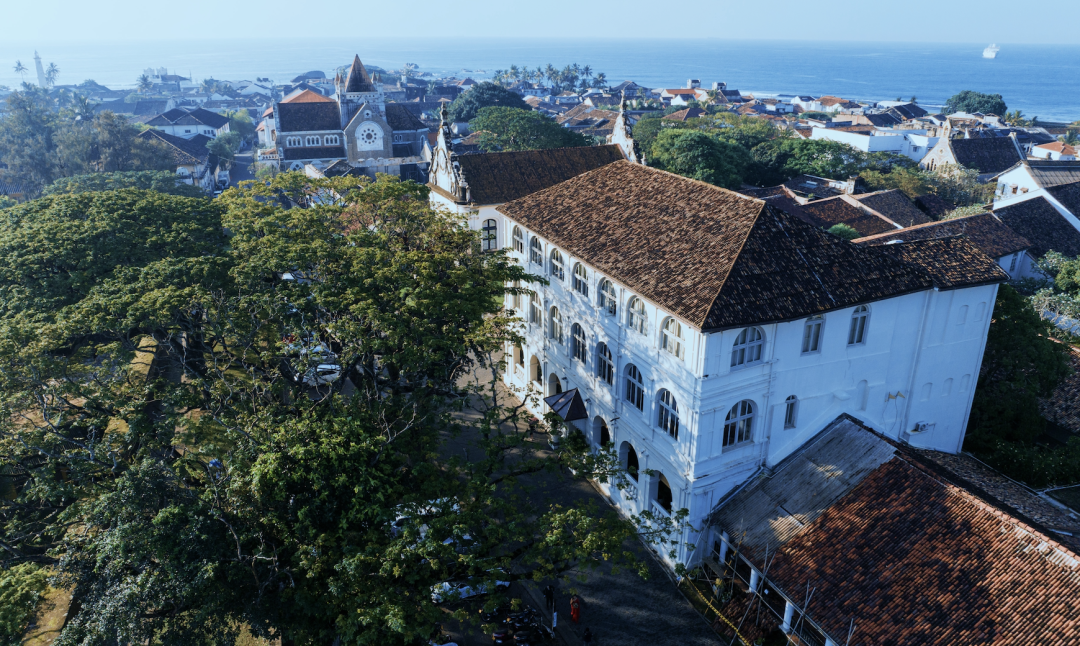
Before staying at any hotel, I usually do some research to understand its story. Aman Galle has a tale, one of a timeless romance.
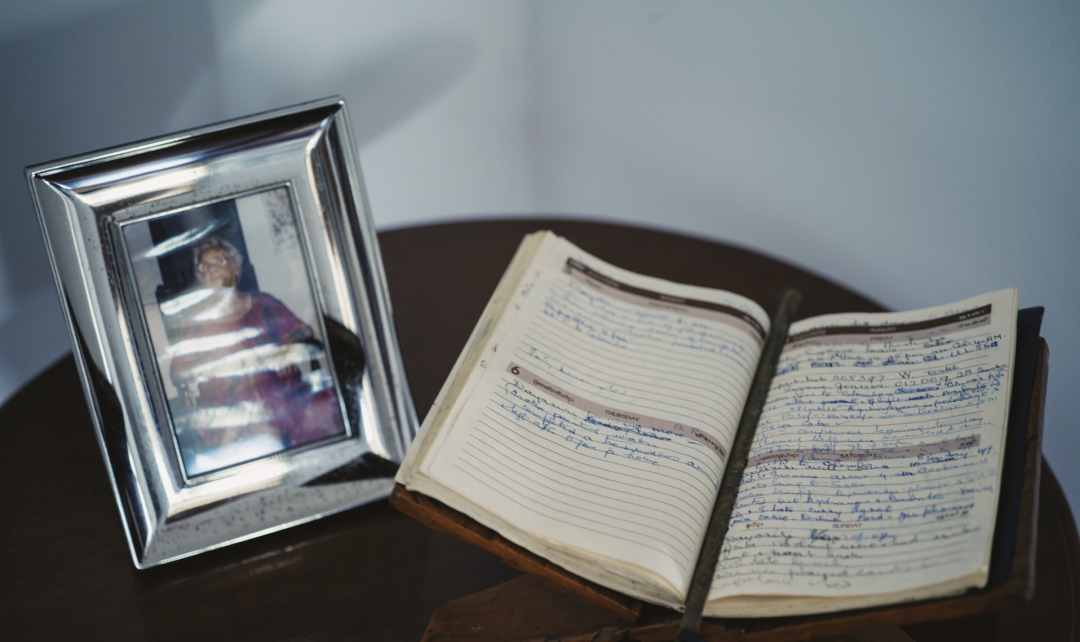
The building of Aman Galle was originally constructed by the Portuguese in 1684. Later, it served as the command center for the Dutch garrison during the Dutch occupation and eventually came under British control. In 1899, it was purchased by the Ephramus family from the Netherlands and turned into a hotel, originally named the New Oriental Hotel. This was the precursor to Aman Galle, which has lasted nearly 130 years, experiencing both Dutch and British colonial periods and the modern era of Sri Lanka.
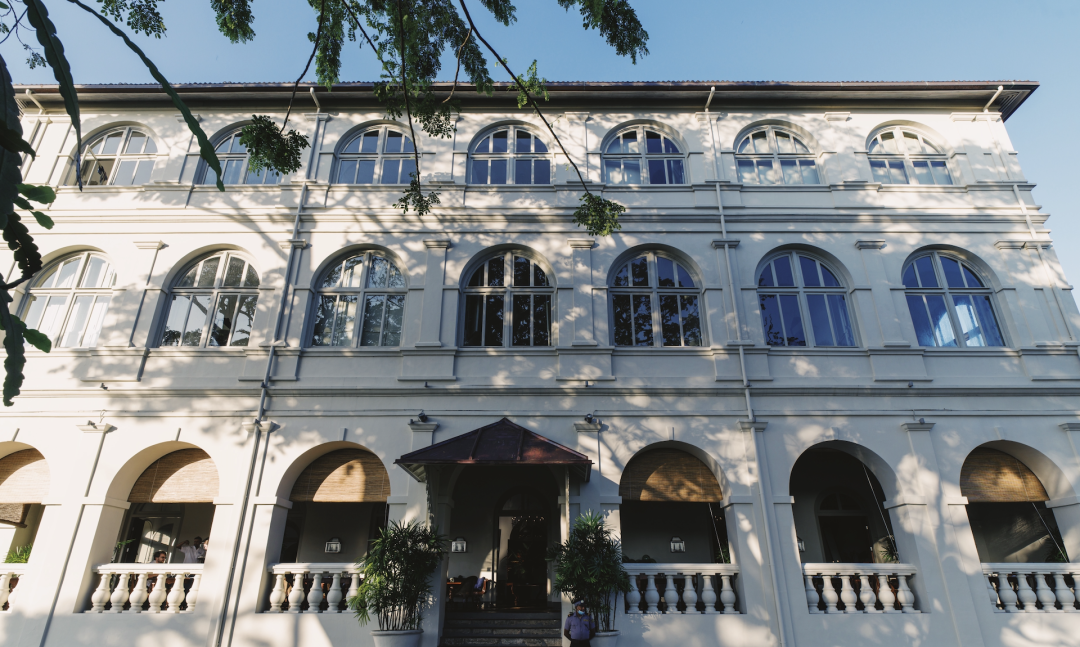
The hotel’s legendary matron was named Nesta, who was born in room 25 of the hotel in 1905. She fell in love with and married a 20-year-old British boy named Rainey Brohier when she was 60, and they lived here together for over 30 years.
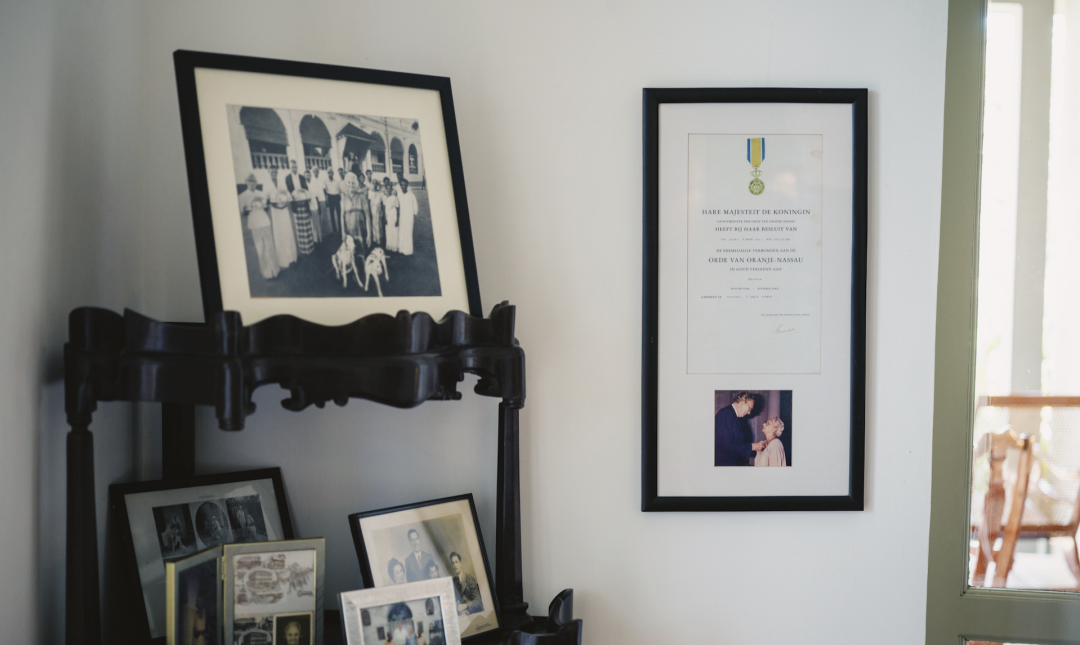
Mrs. Nesta passed away first, and before leaving, she handed the hotel over to Adrian Zecha, the founder of Aman, who enlisted architect Kerry Hill to renovate it, resulting in Aman Galle. It reopened in 2005. The hotel currently has a designated area to commemorate Nesta and her legendary experiences. This area also serves as the library of Aman Galle, which is worth a longer visit, featuring numerous old objects that provide more insight into Mrs. Nesta and the history of Aman Galle.
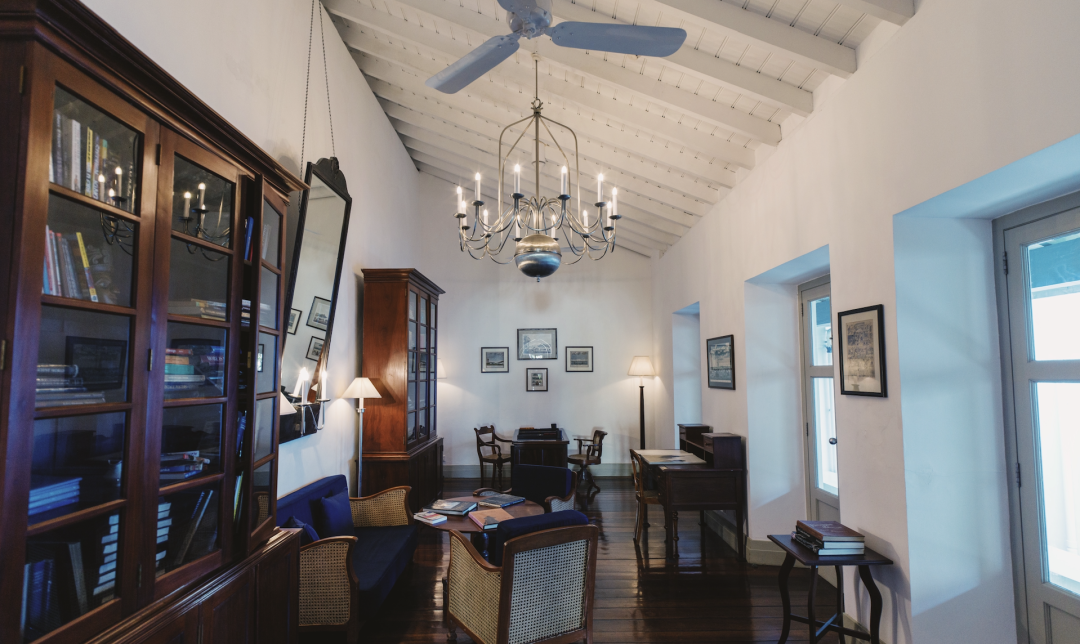
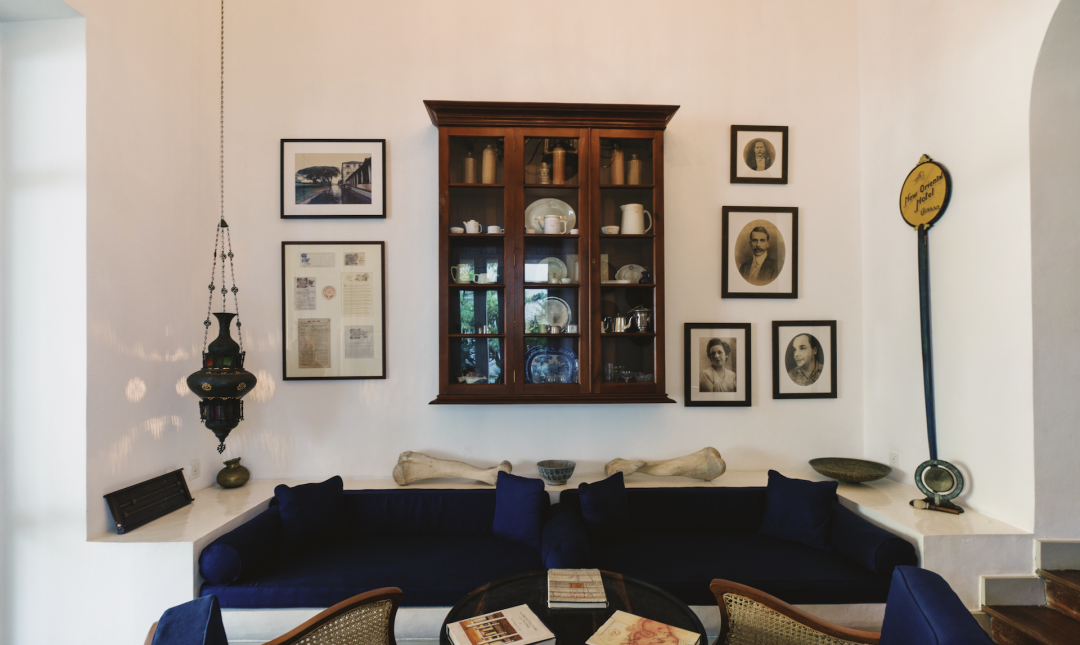
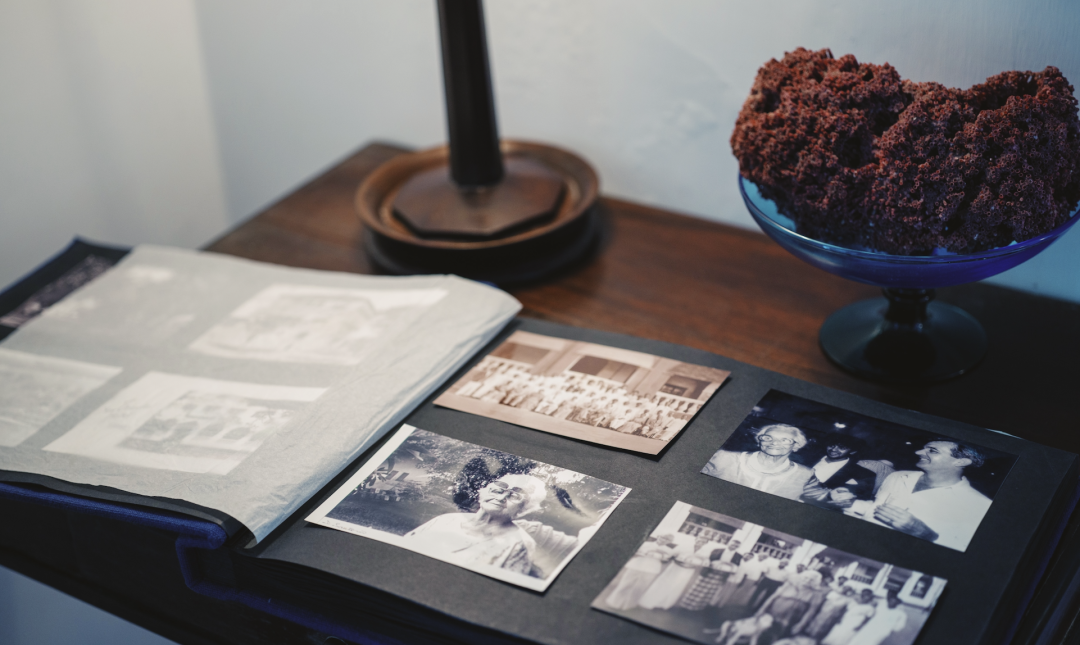
At the same time, Aman Galle preserves the best garden suite for Mrs. Nesta’s husband. If at any time between November and February the garden suite at Aman Galle suddenly becomes unavailable, it is likely that Mr. Rainey Brohier has flown back from the UK to spend the winter.
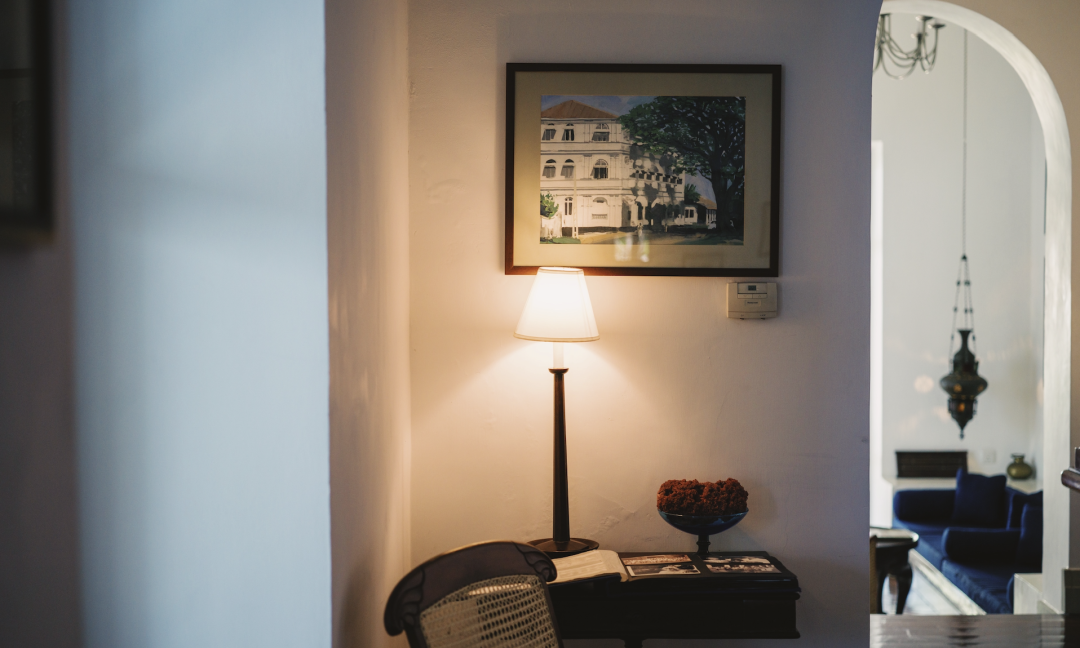
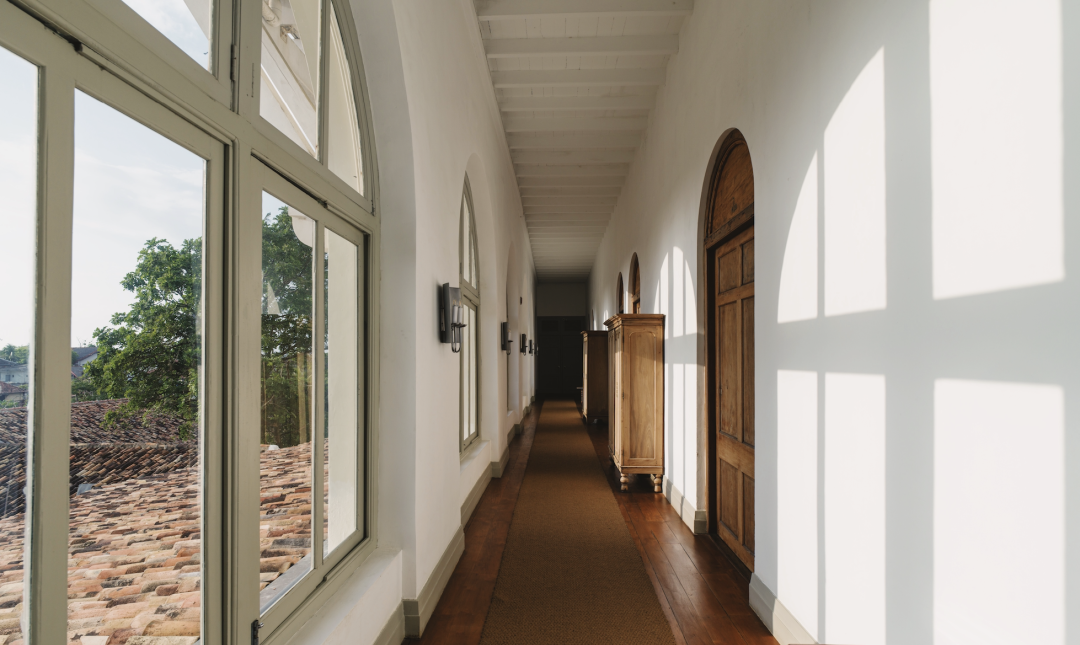
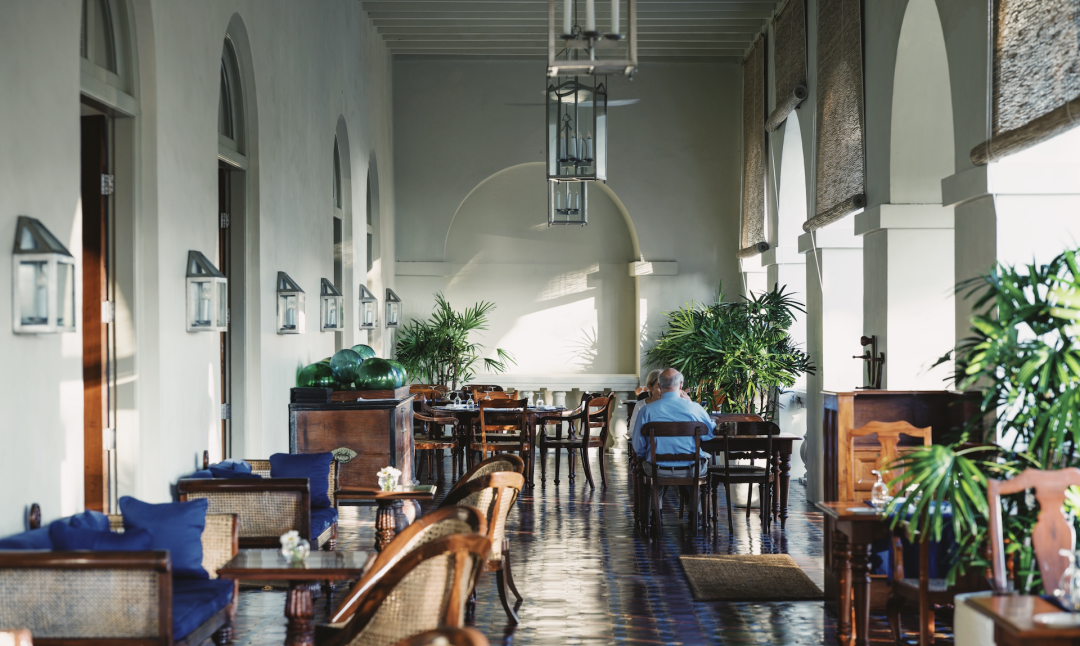
Indeed, staying at Aman Galle feels like living inside a story. I adore its colonial-style elegance and the romance of its past.
Additionally, this might also be the cheapest Aman hotel. I took a screenshot of the room rates for Aman Galle during the National Day holiday this year (check-in on October 1 and check-out on October 4). The prices are considerably lower than most Aman hotels abroad. I just did a casual search without picking specific dates or looking for special offers, so I believe it is possible to find even more favorable rates. If you have no plans for the National Day holiday, you might as well stay at Aman Galle—this price really is worth considering.
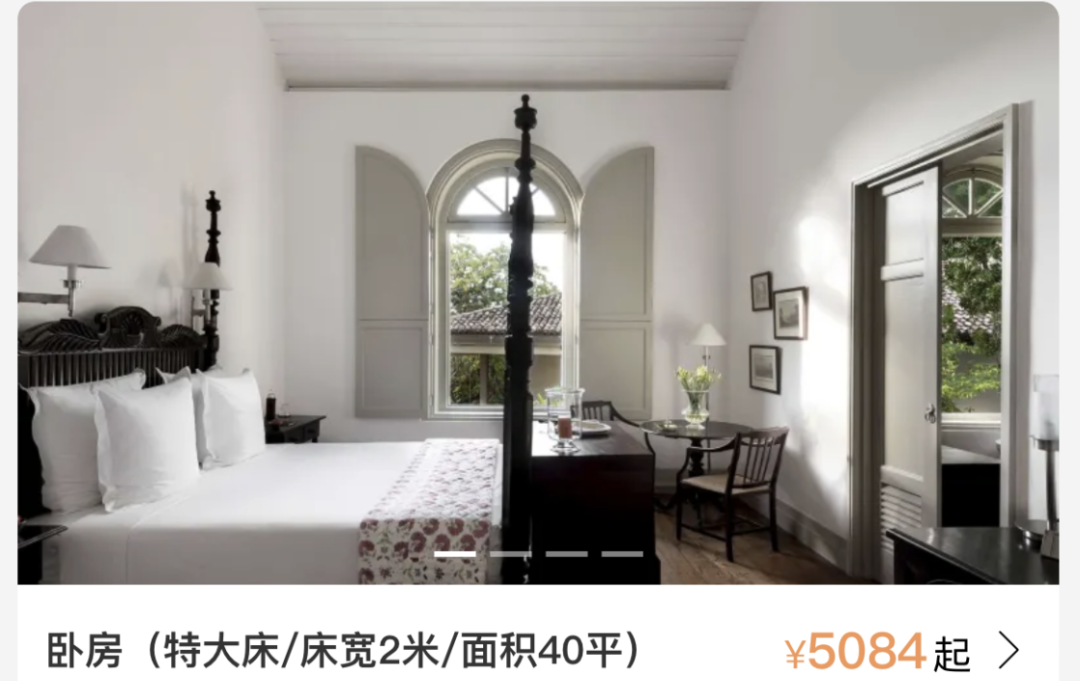
Next, let me introduce you to Aman Galle in more detail. Aman Galle is a three-story European-style building with white walls and brown tiles. It is quite low-key, hidden among a cluster of European-style ancient buildings in the old town of Galle; without elaboration, you wouldn’t even realize it’s an Aman hotel.
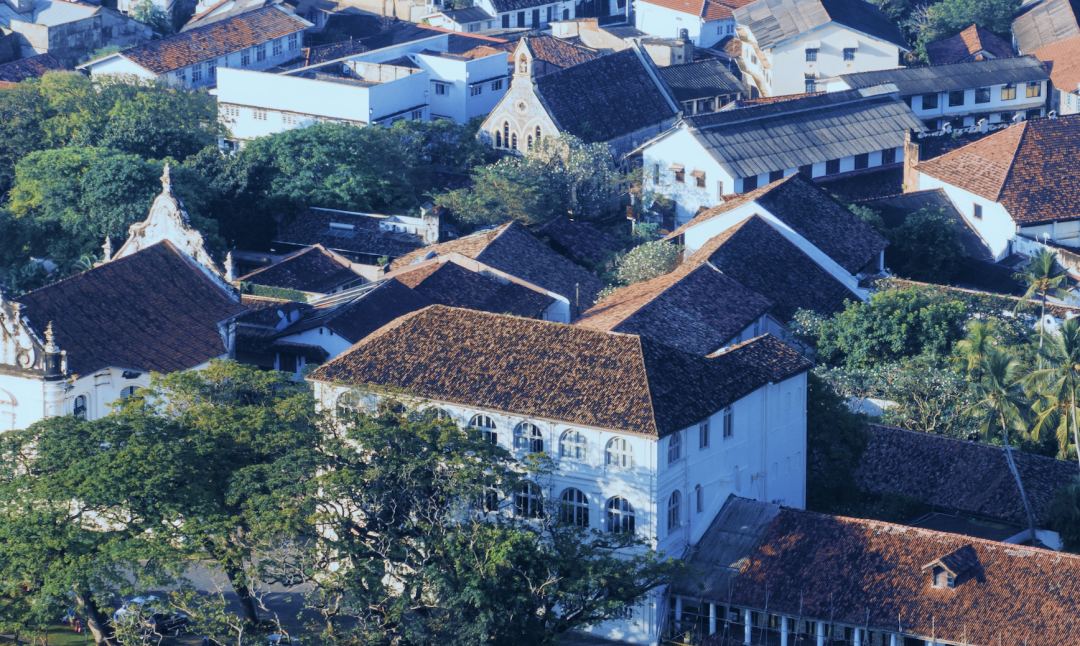
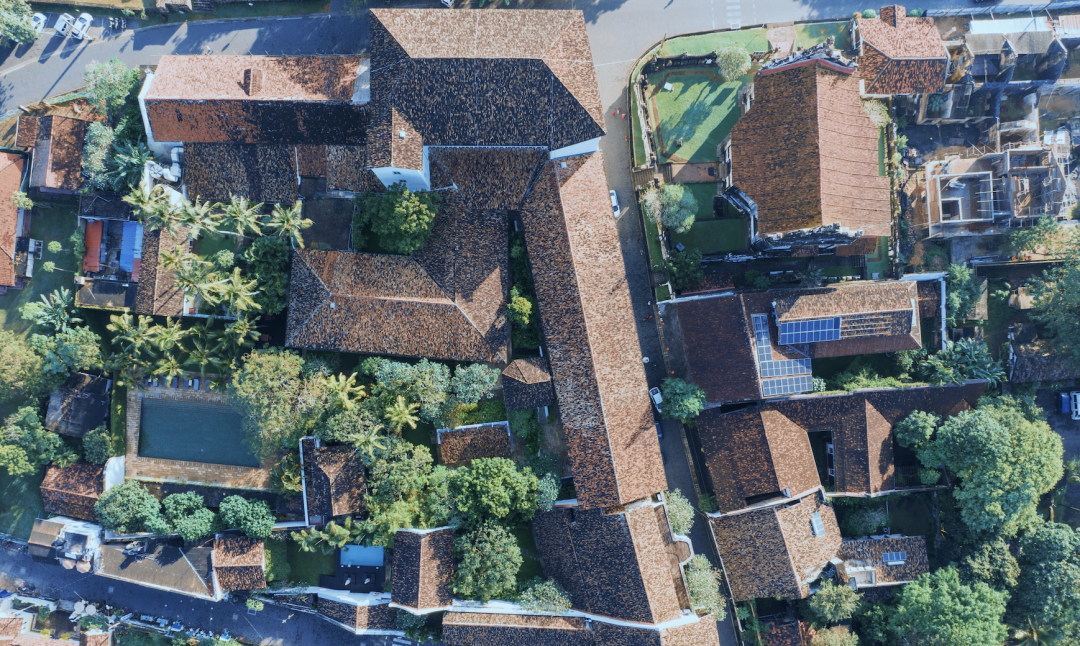
Three stories is considered a “high-rise building” within Galle’s old town, and from Aman Galle, you can overlook the terracotta roofs of other buildings in the old town and gaze out at the Indian Ocean. There are beautiful views during both the day and dusk.
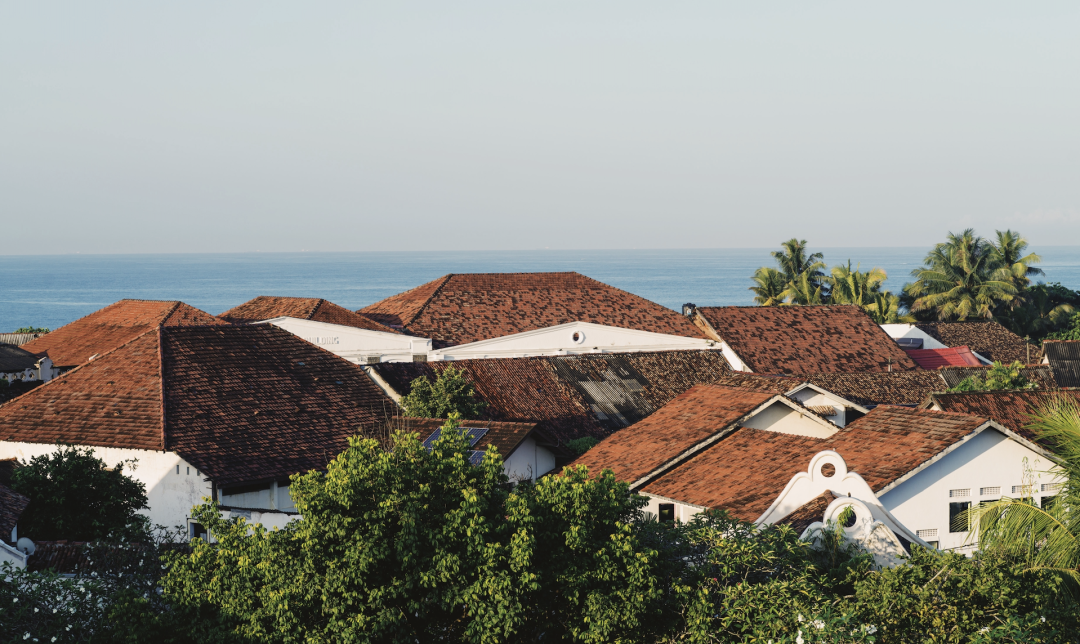
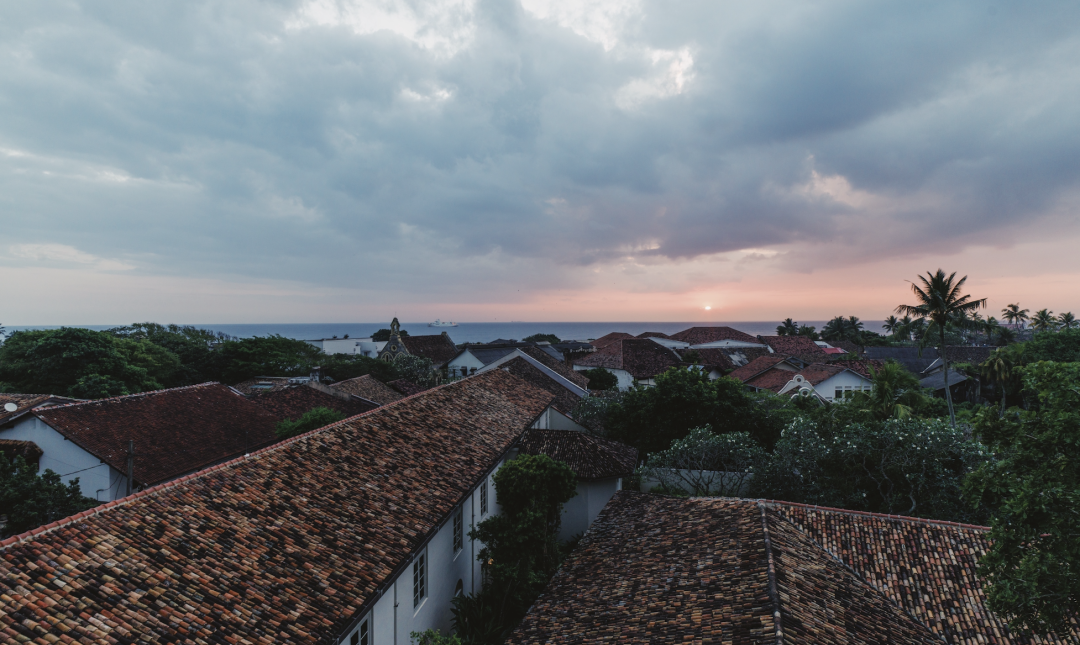
The hotel is located alongside the main thoroughfare of Galle Fort, where crowds continuously flow, with many even taking wedding photos, using Aman Galle as the backdrop. It’s a subtle gem hidden in plain sight.
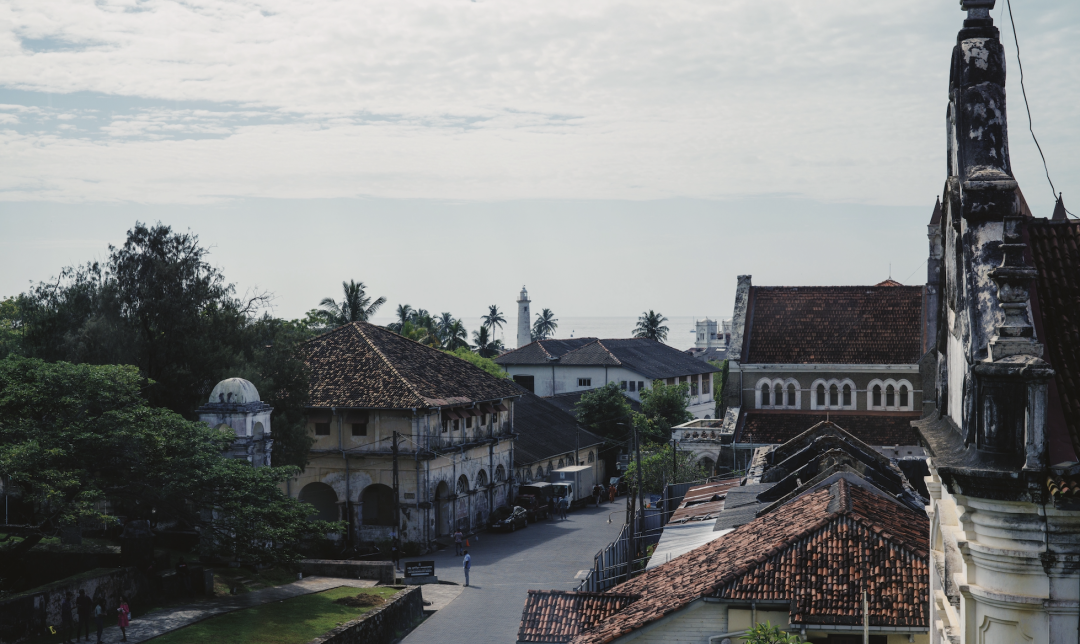
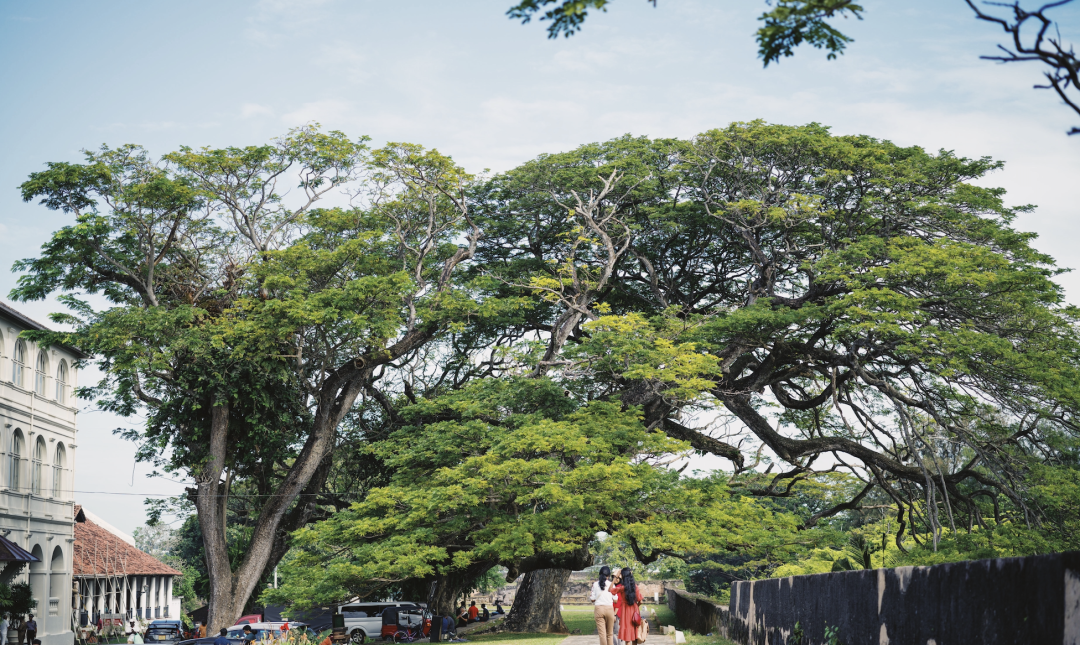

Once you enter the hotel, it is filled with rich colonial charm, with antiques displayed throughout, and the traces of time are evident.
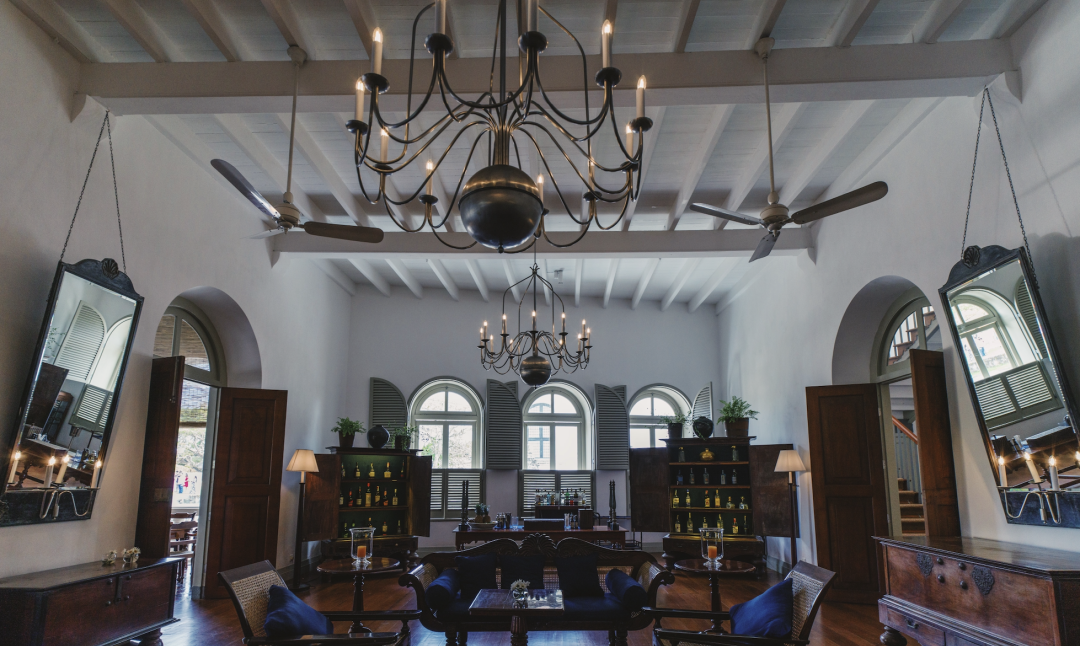
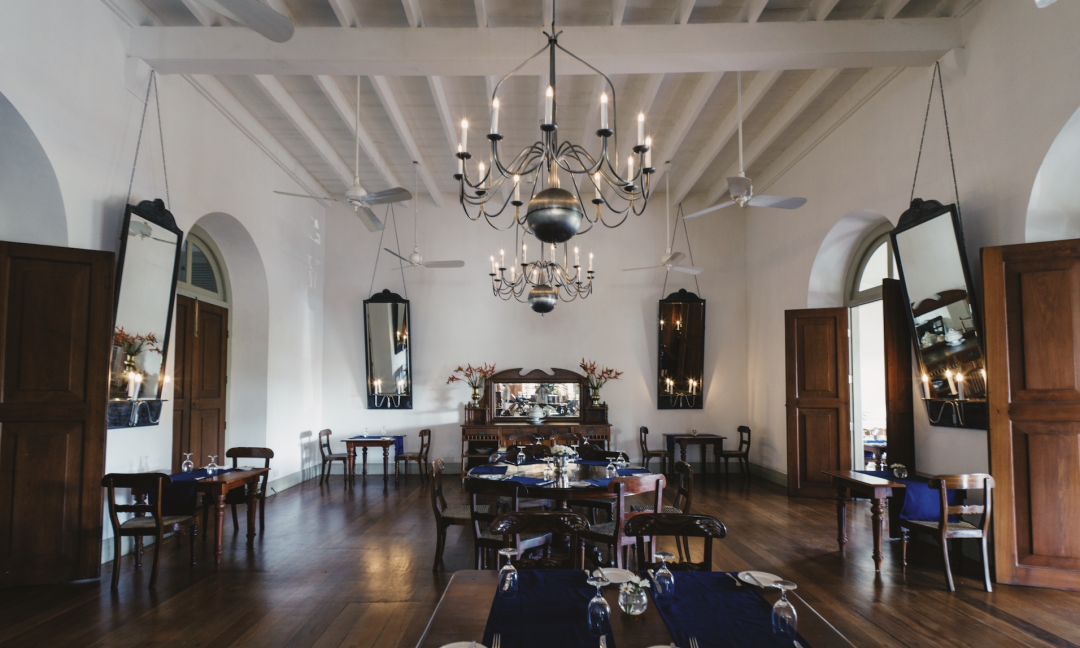
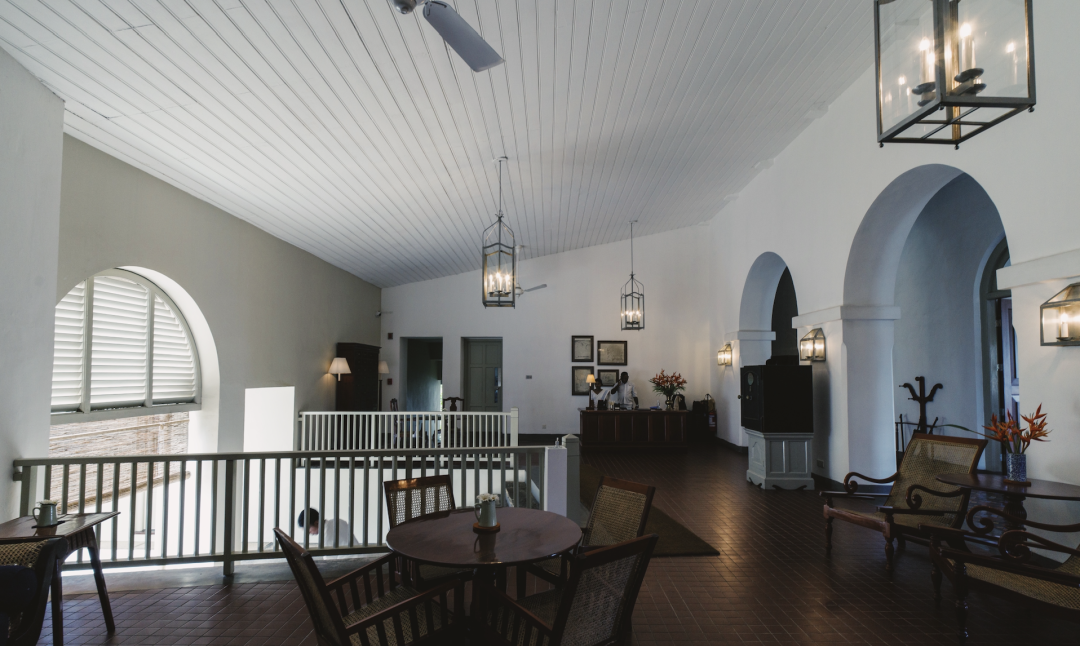
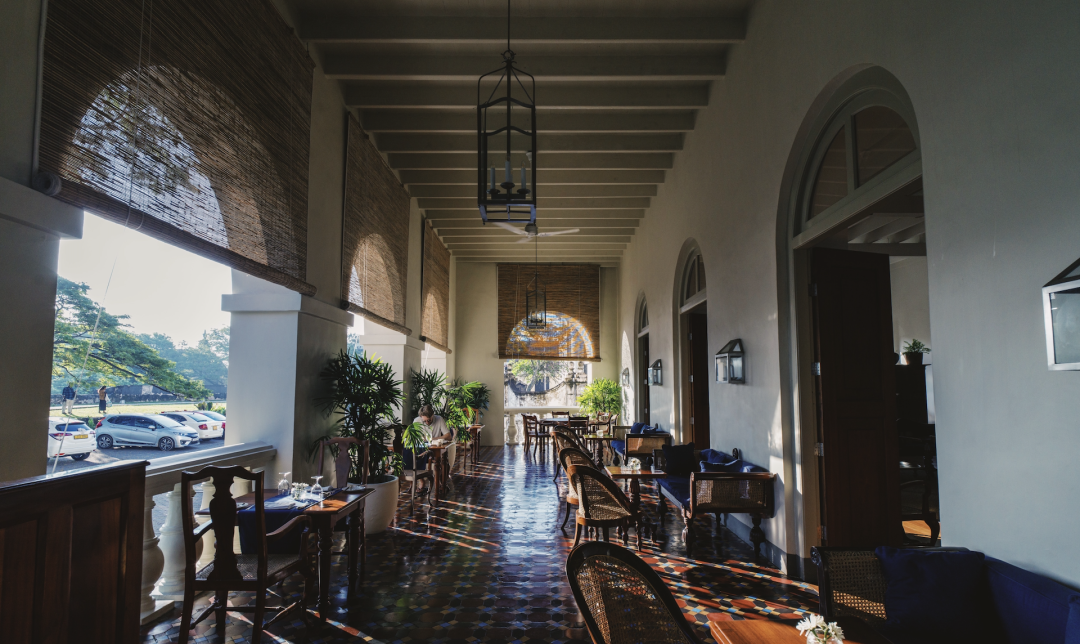
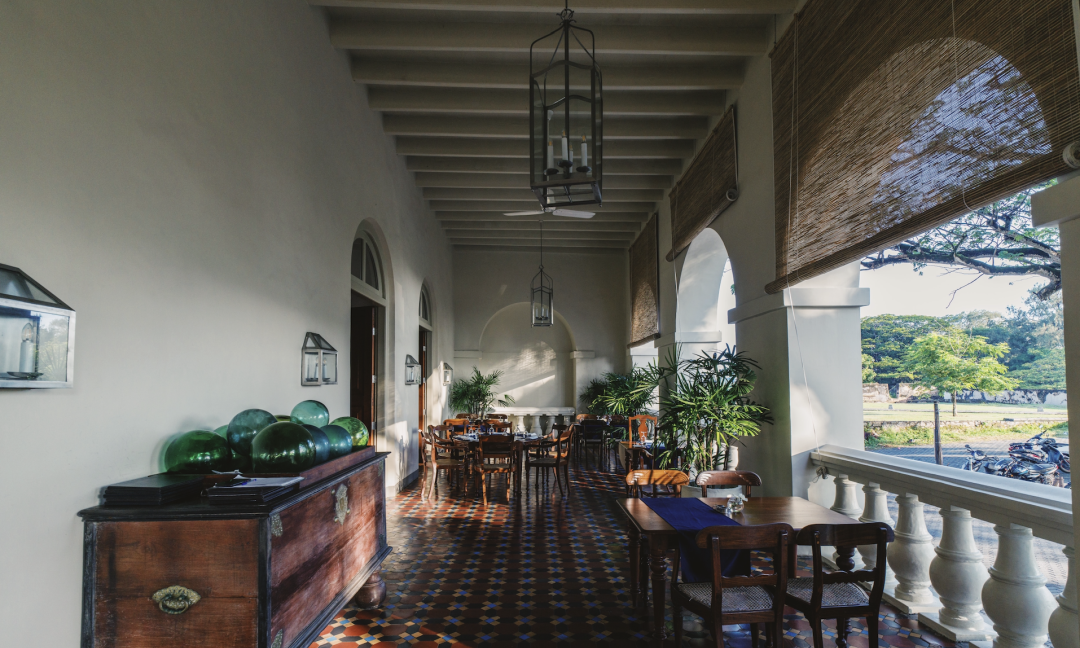
Morning sunlight pours into the hotel, creating a comfortable atmosphere.
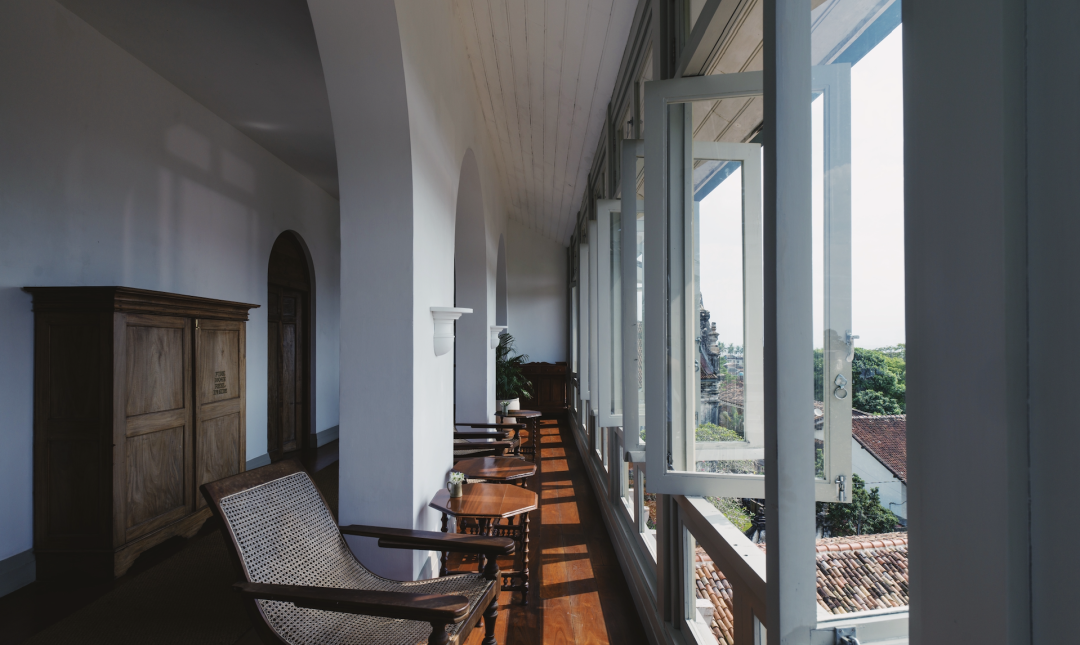
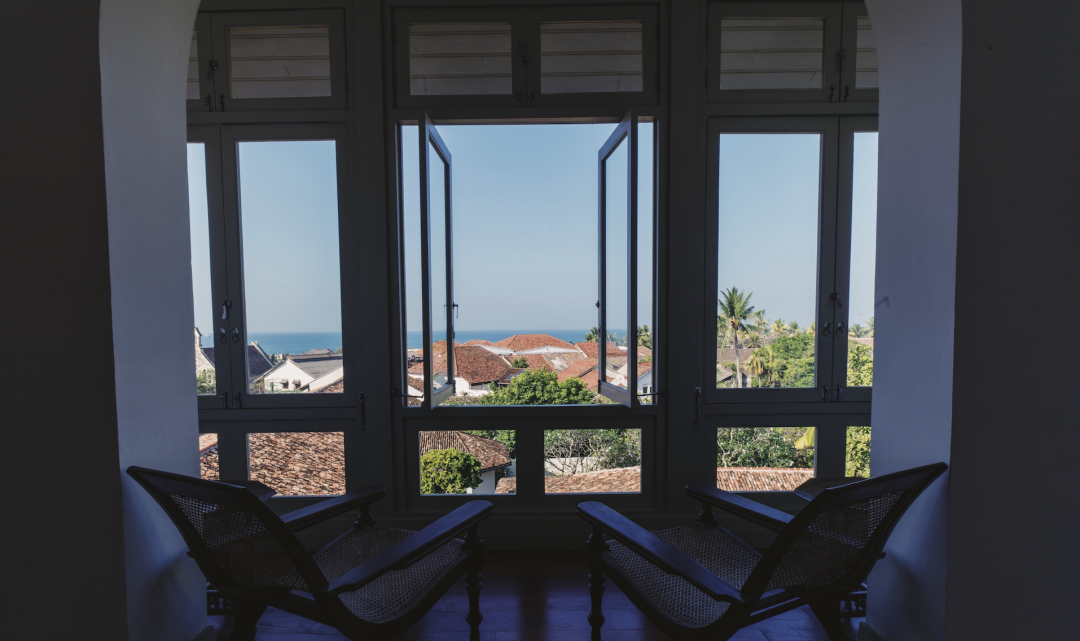
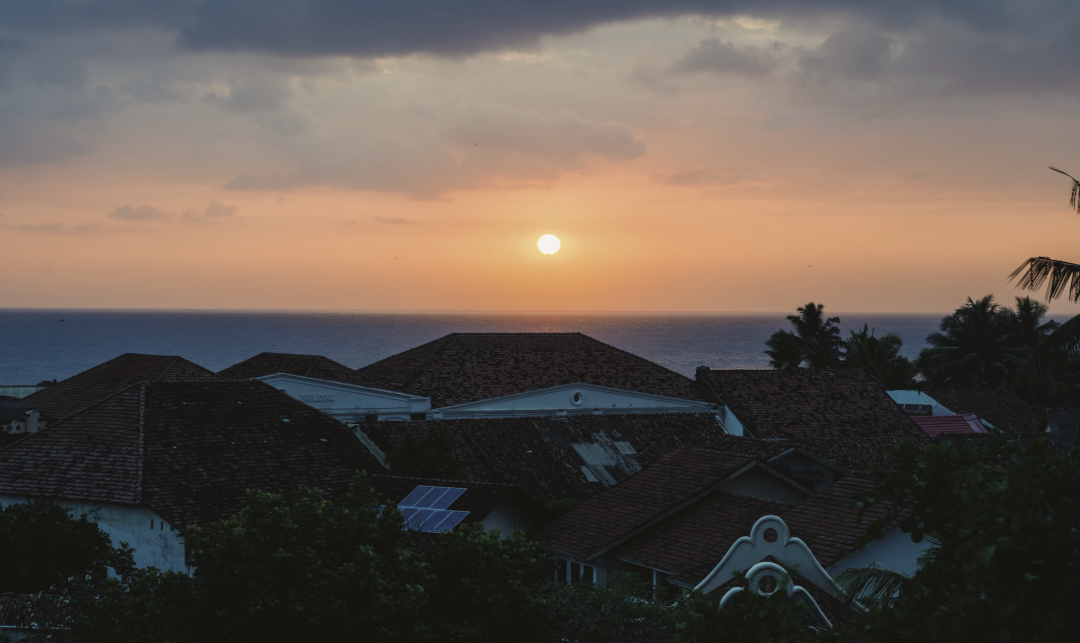
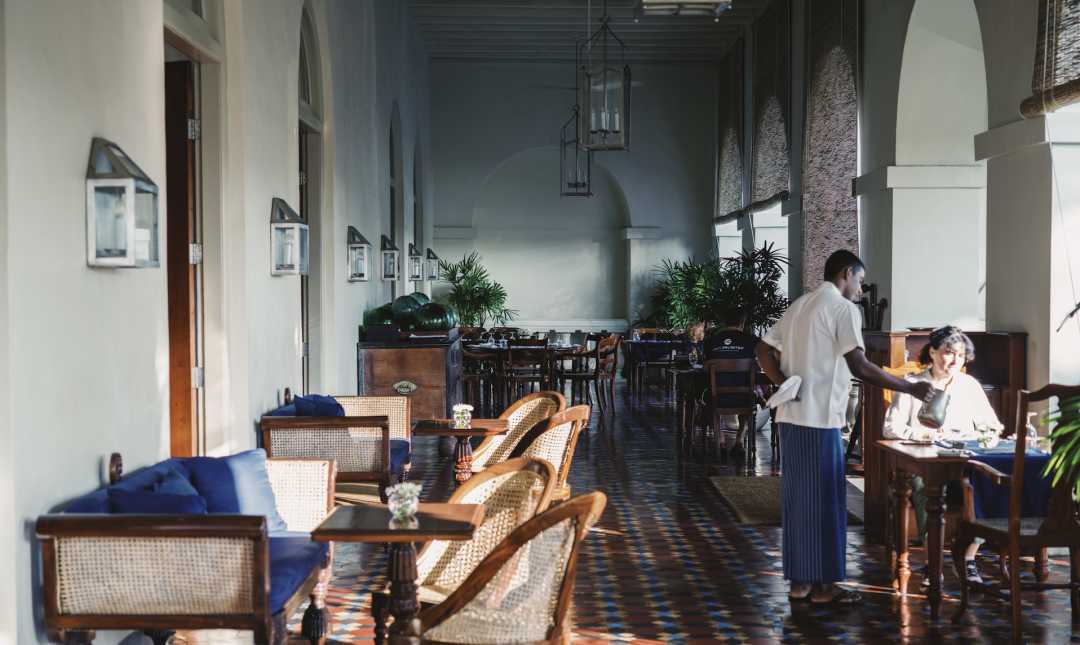
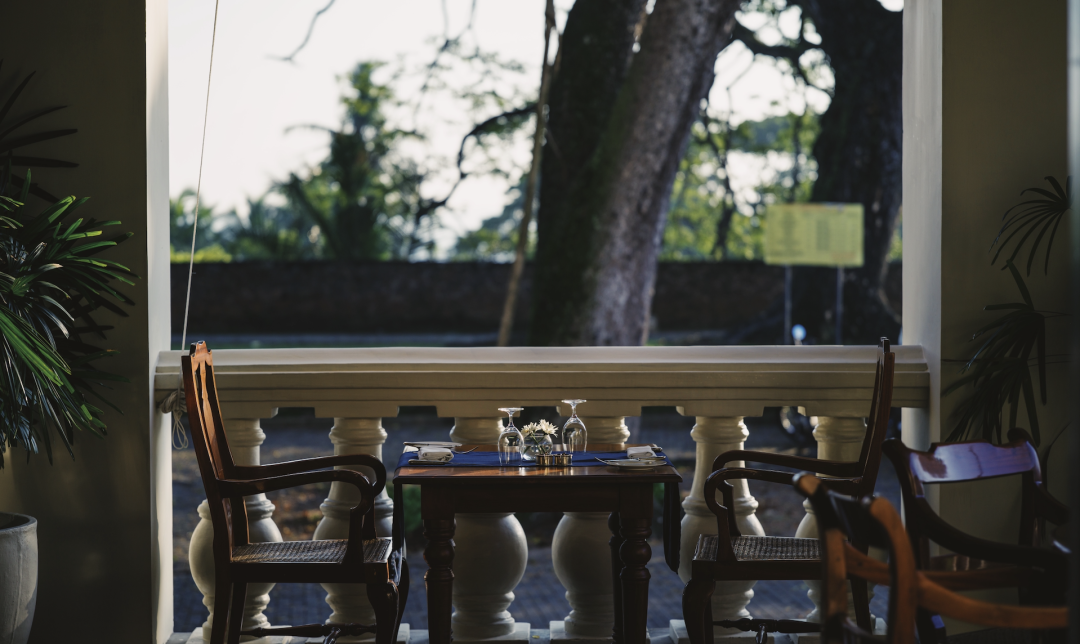
I particularly love the corridor that provides a view of the vast ocean; in the evening, there are beautiful sunsets.

Another corridor faces the tree-lined street in front, where meals at Aman Galle are served.
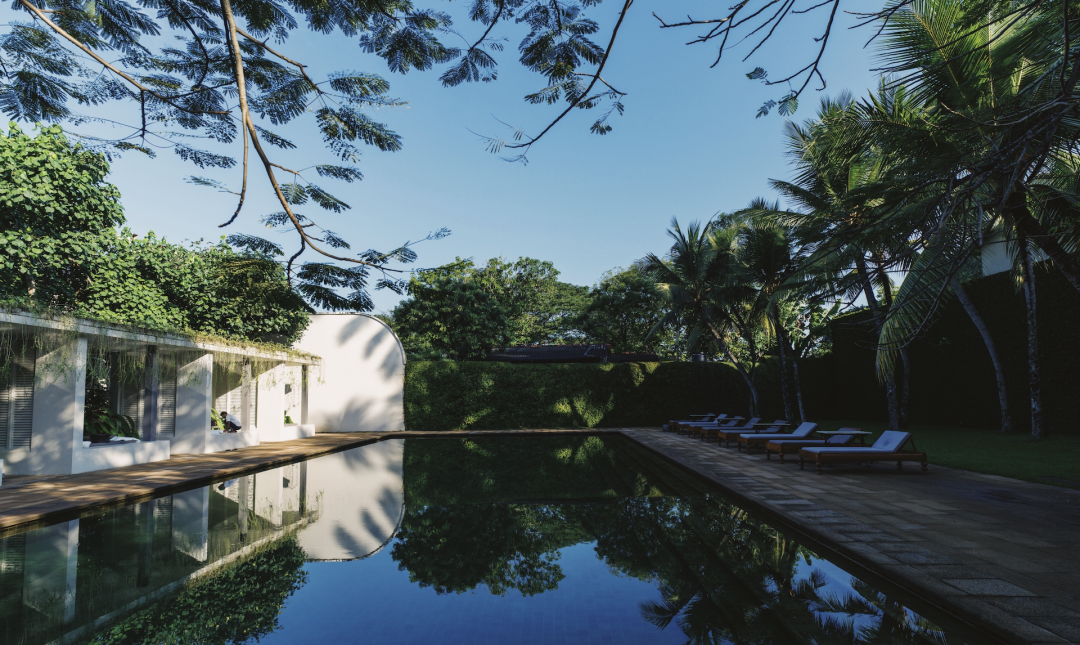
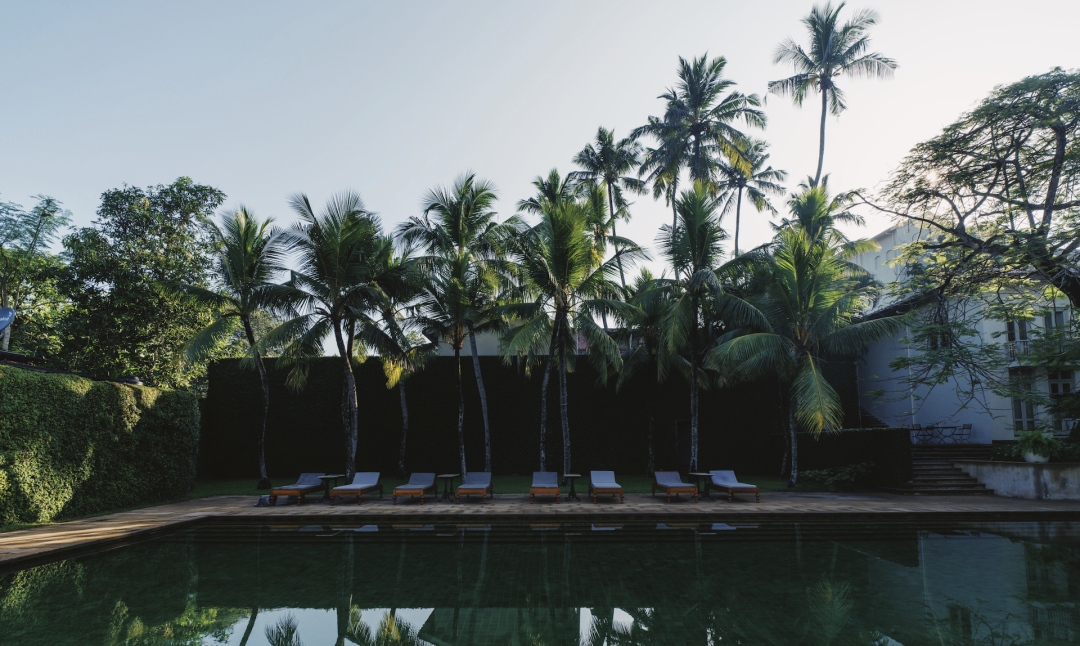
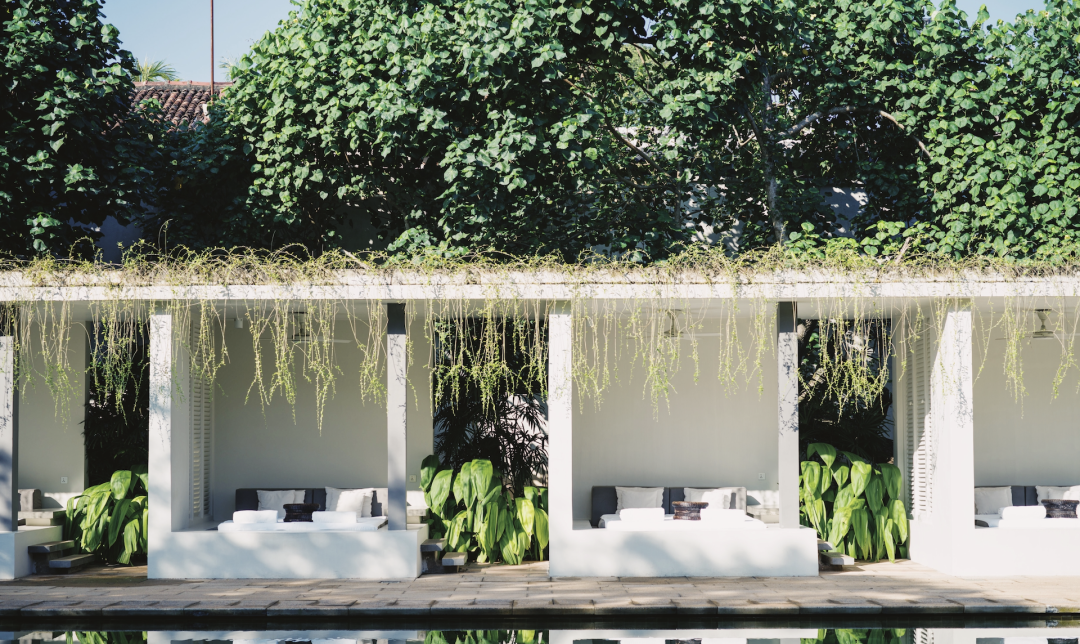
The public areas of the hotel feature fresh pineapples as a form of natural aroma.
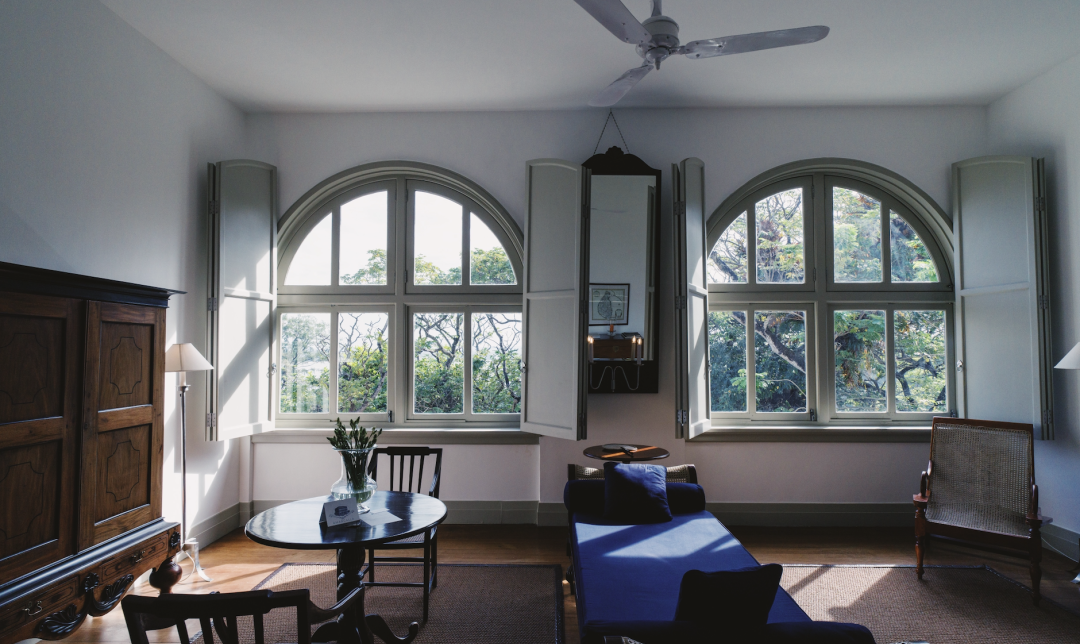
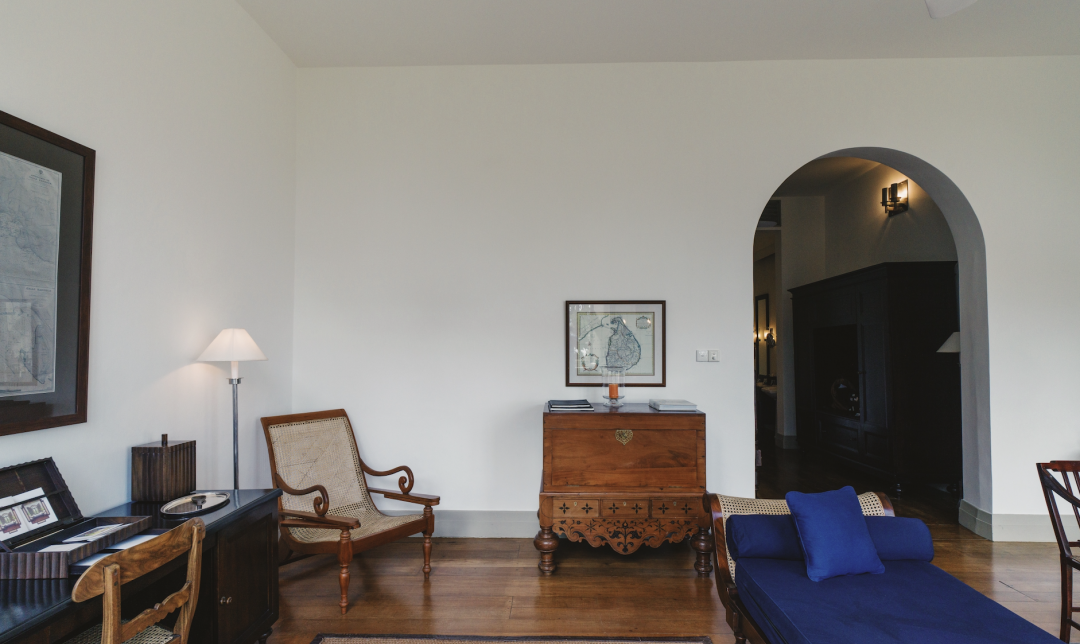
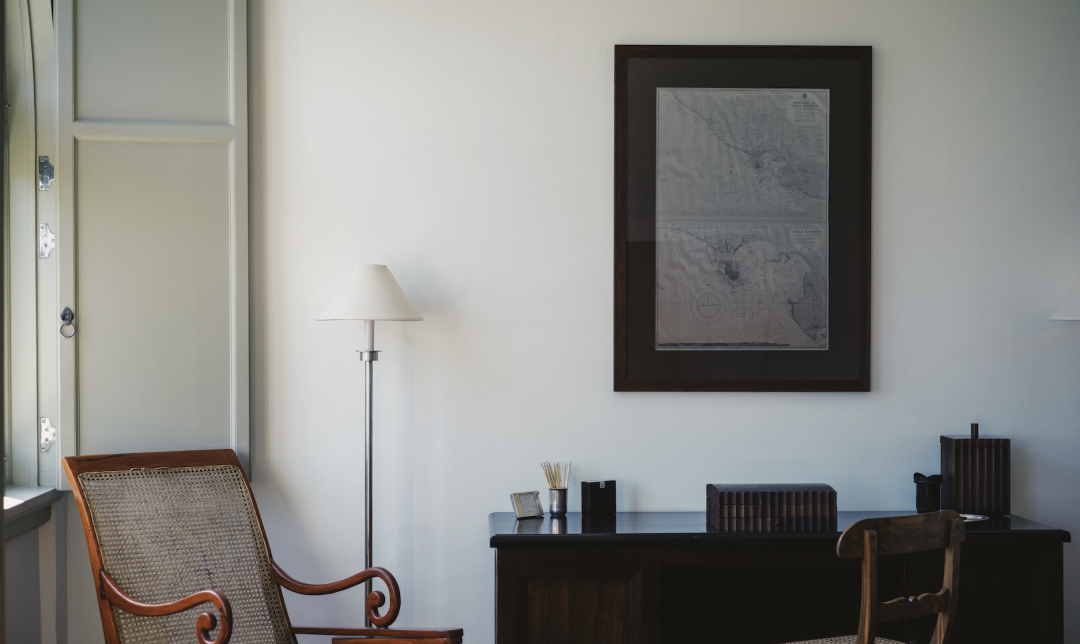
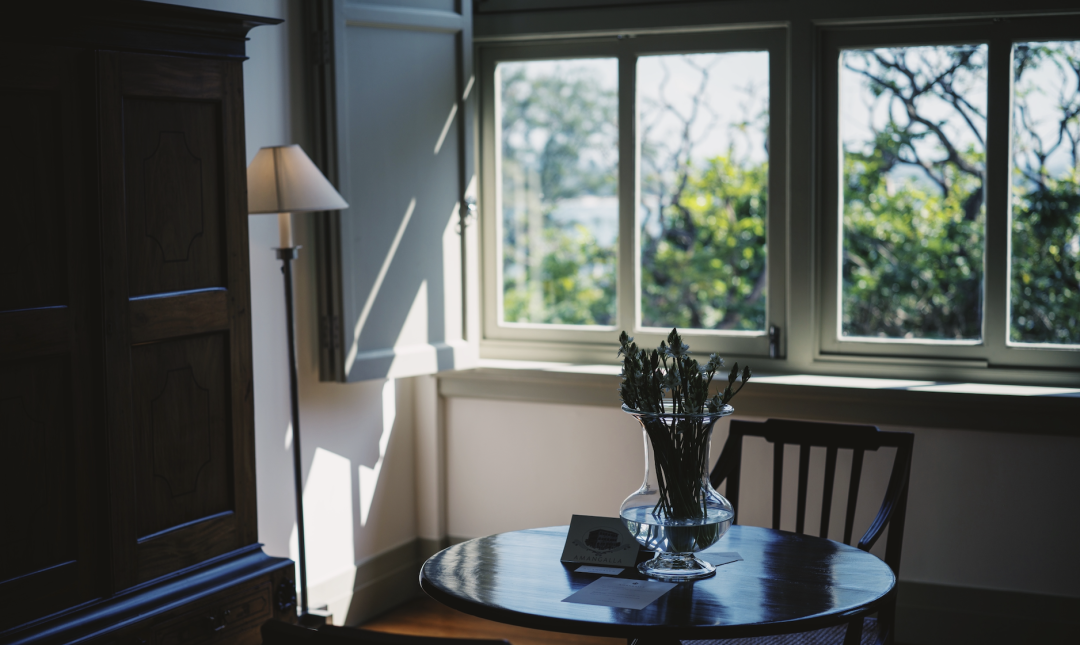
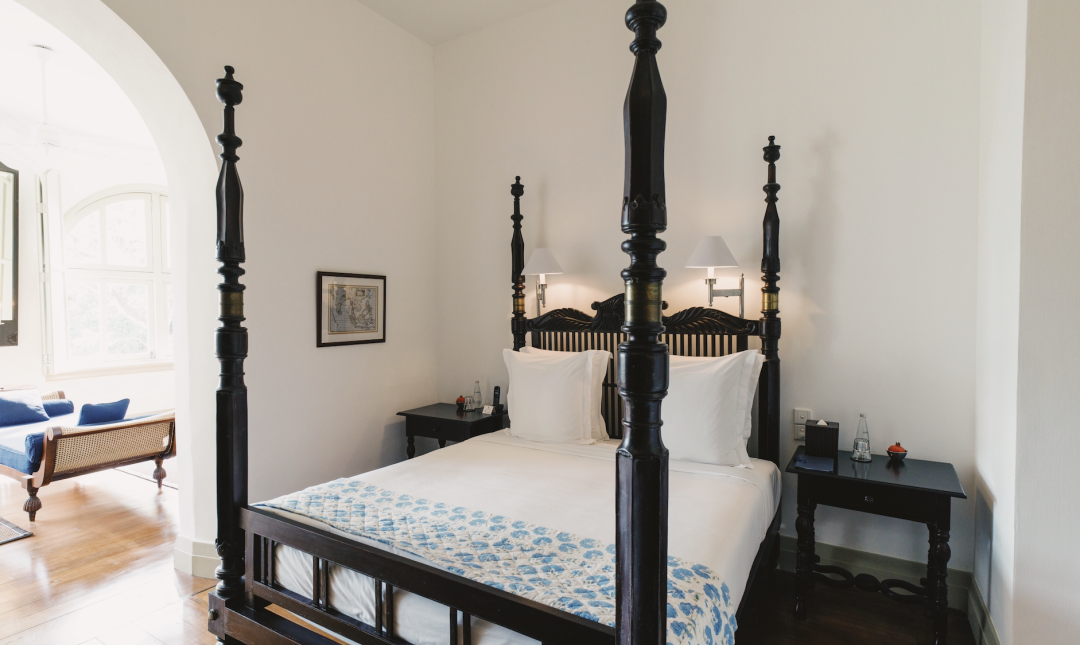
Galle Fort is not large, so it can’t accommodate many hotels, let alone boutique hotels with pools. However, Aman Galle has a pool, and it’s quite spacious.
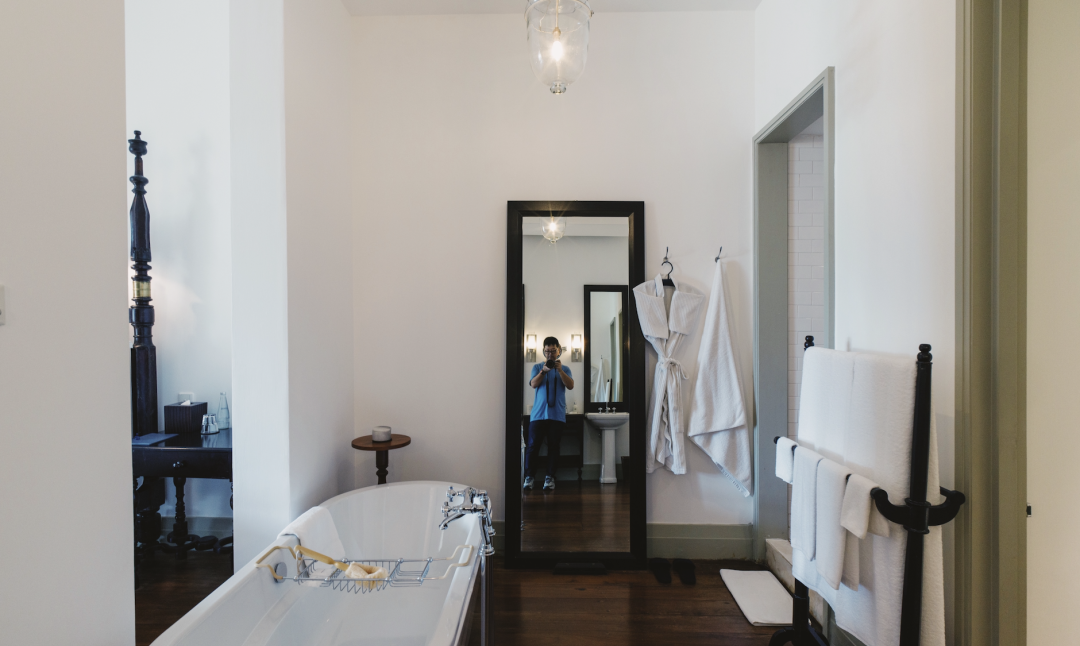
Aman Galle is a small-scale hotel, with about 30 rooms. The rooms have a vintage feel; it is said that some of the furniture in the rooms existed before Aman took over, showcasing the legacy of the New Oriental Hotel.
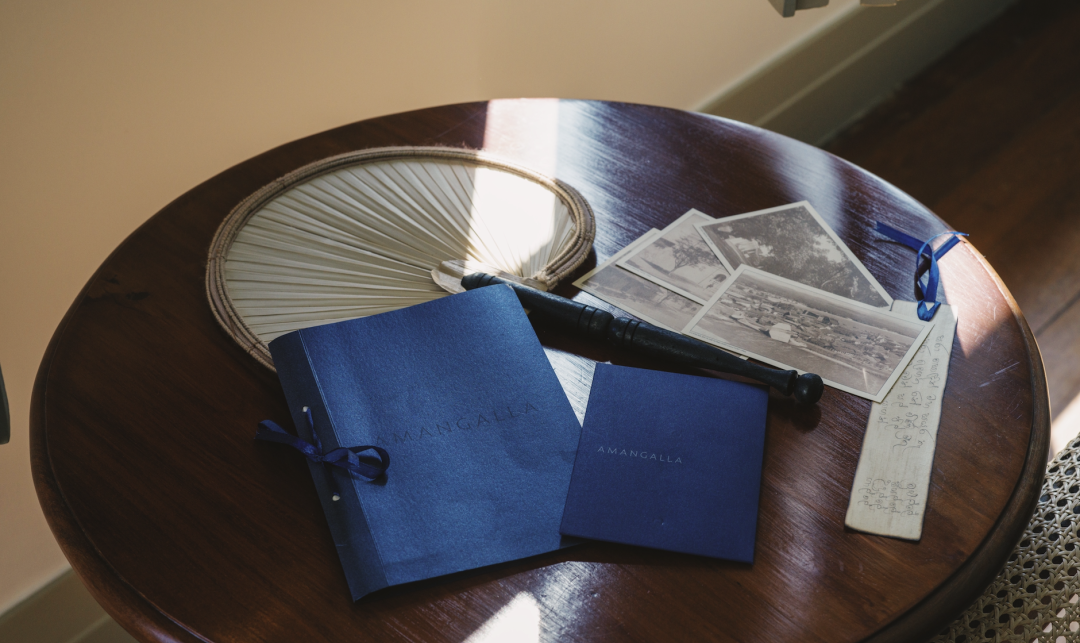
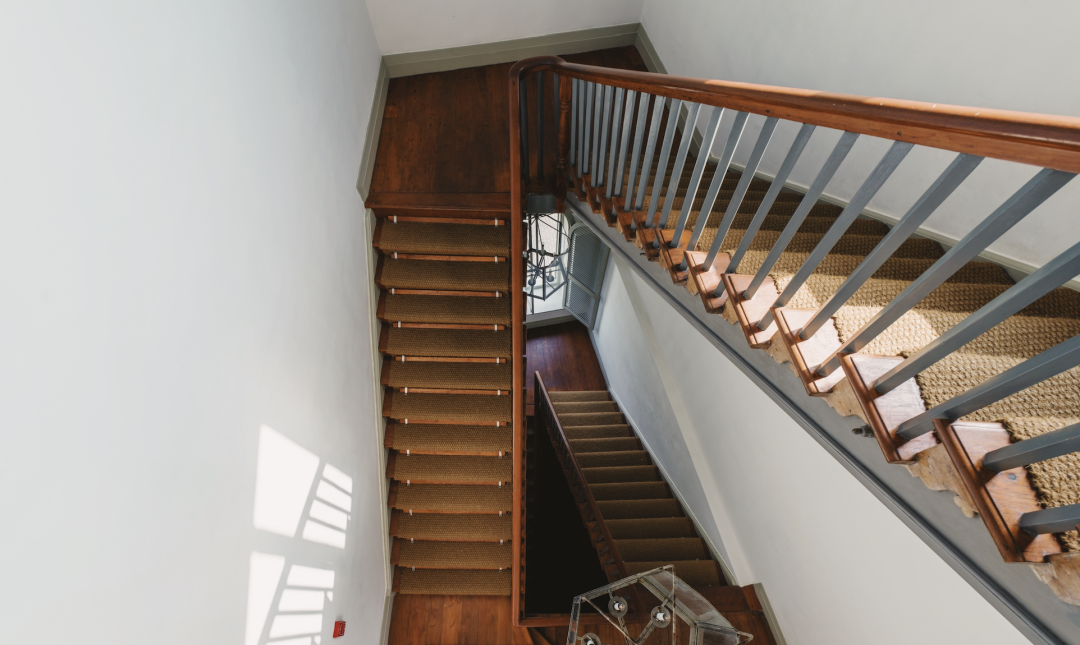
The bed is a heavy four-poster.
The washroom area.
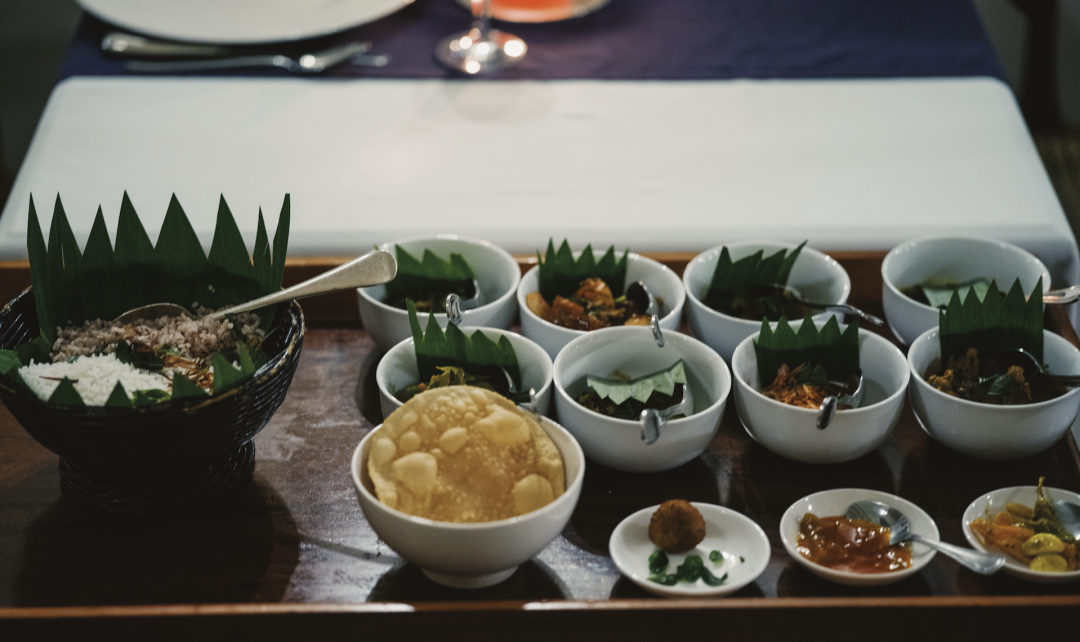
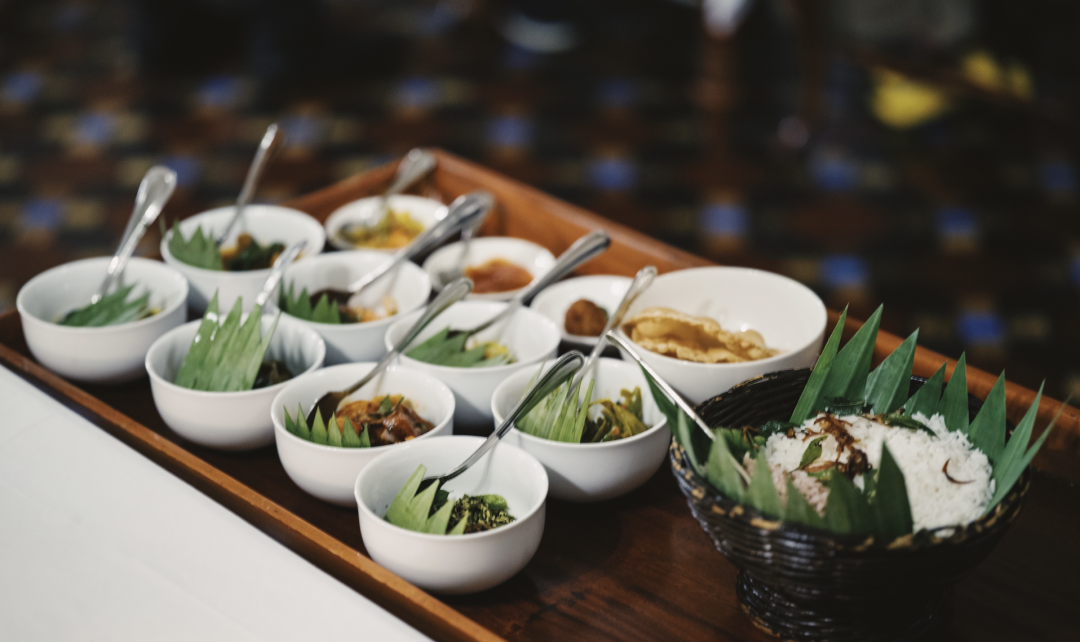
On the first day, the turndown service gifted a yellowed postcard depicting the building before it became Aman. The second day, they presented a book detailing the history of Aman Galle. Thanks to this book, today’s article has gained a wealth of material.
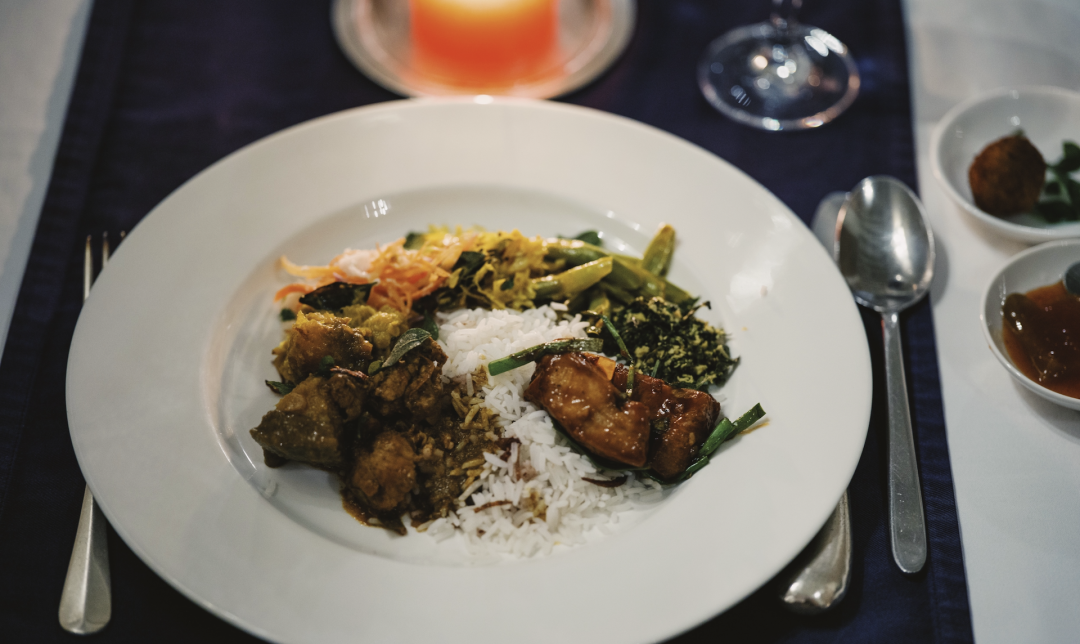
The hotel is three stories, and you can only use the stairs to move between them. But there’s no need to worry about your luggage; Aman’s butlers will handle it for you.
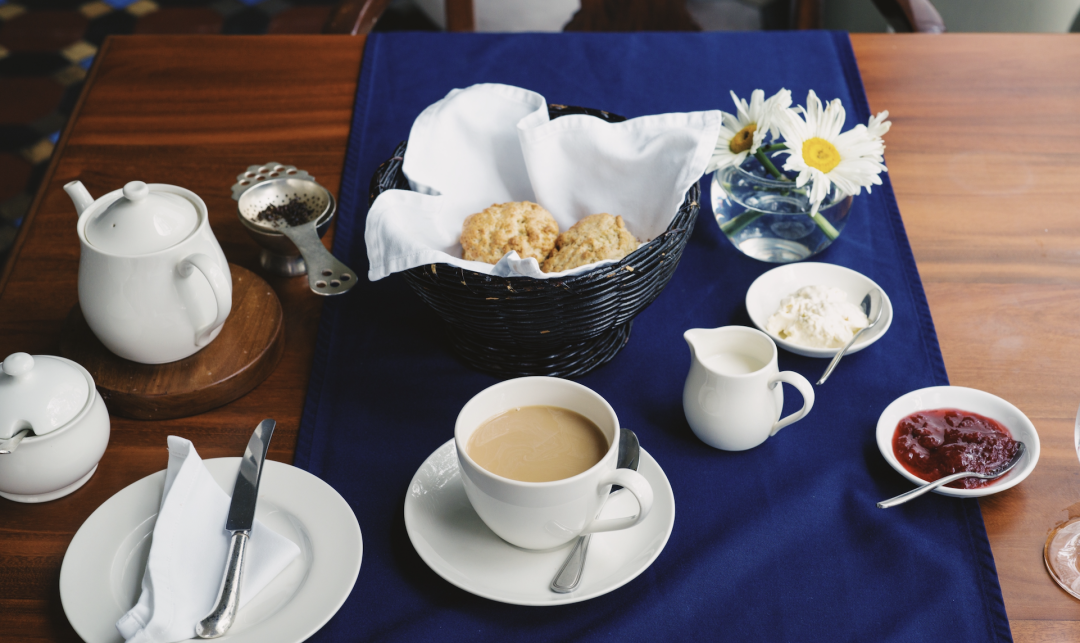
Now let’s talk about dining. The meals at Aman Galle must be experienced, and even if you don’t stay at Aman, I recommend coming over for a meal. The most distinctive dish here is a set menu featuring two types of rice, accompanied by more than ten kinds of curry, priced at just over 6,000 rupees, around 150 RMB. These curries include chicken, fish, and various vegetables.
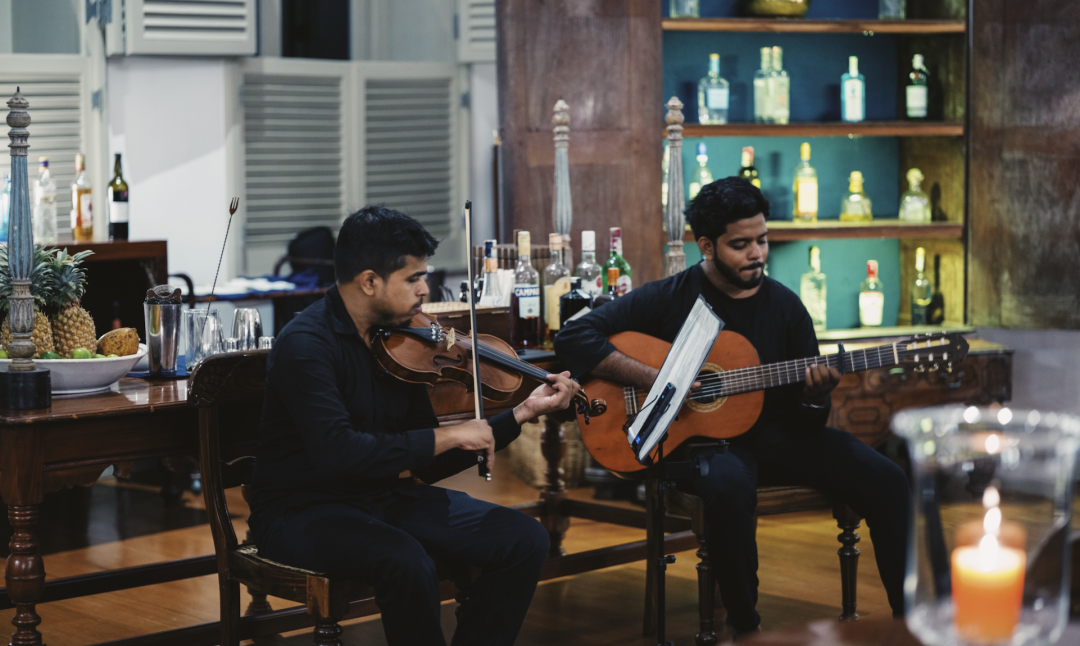
As a curry enthusiast, I truly enjoyed it. The main set meal offered by Aman for this price is remarkably impressive. Moreover, the portion size is substantial; I believe even two women could share one serving comfortably (I couldn’t finish mine).
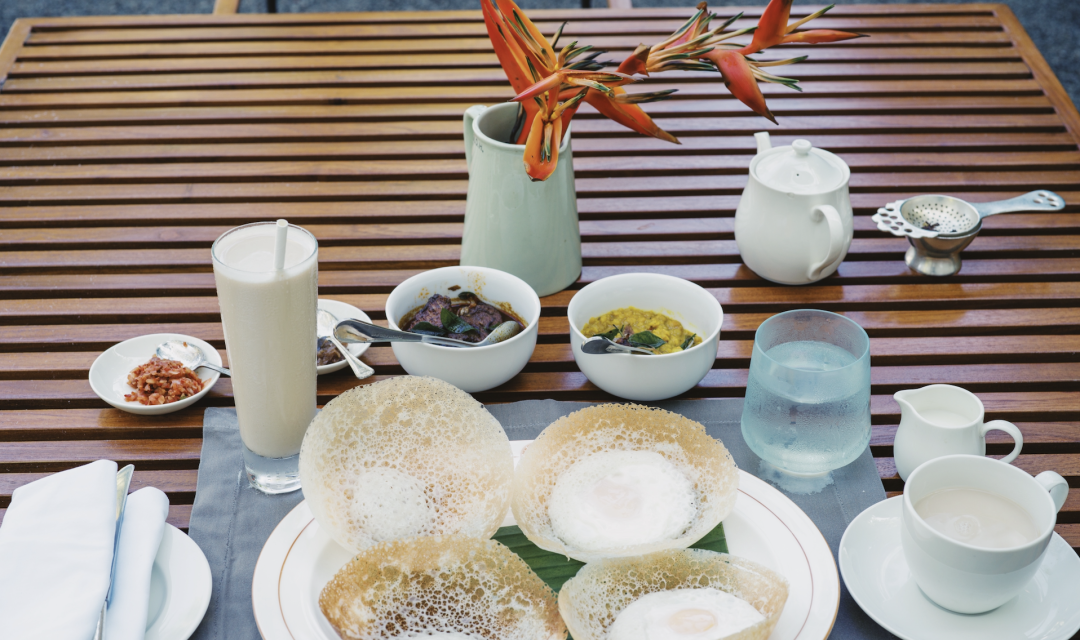
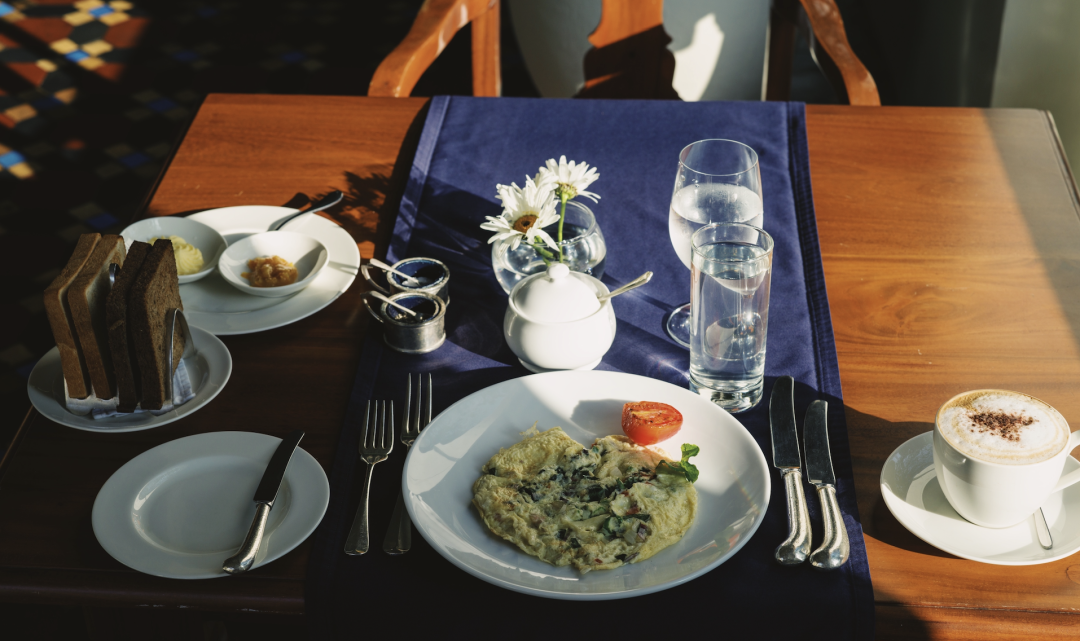
Aman Galle’s afternoon tea is pure British style; the scones are delicious beyond words. This entire set costs less than 100 RMB, which is surprisingly affordable for the price level you would expect at an Aman hotel. So even if you aren’t staying at Aman Galle, I suggest you visit to enjoy a meal and experience the ambiance.
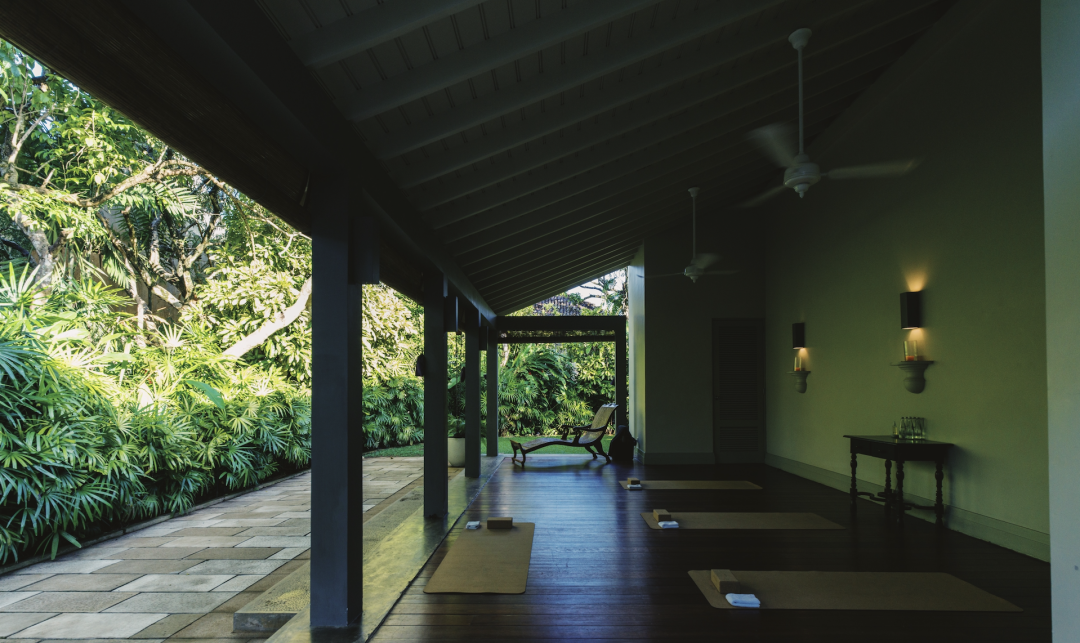
If you go during dinner time, there will be live performances.
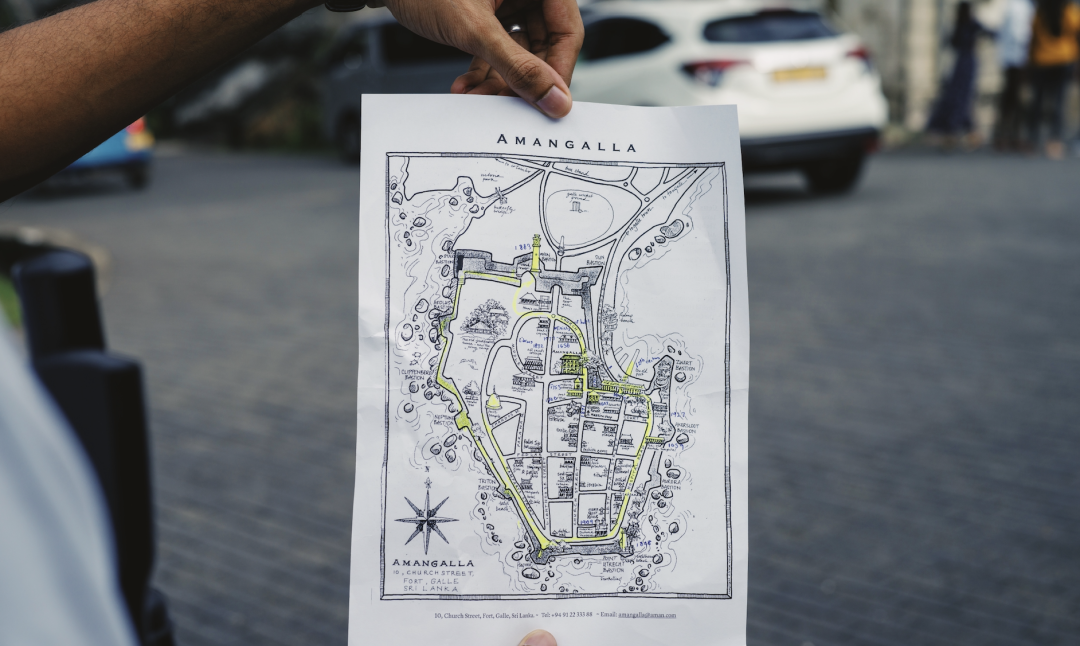
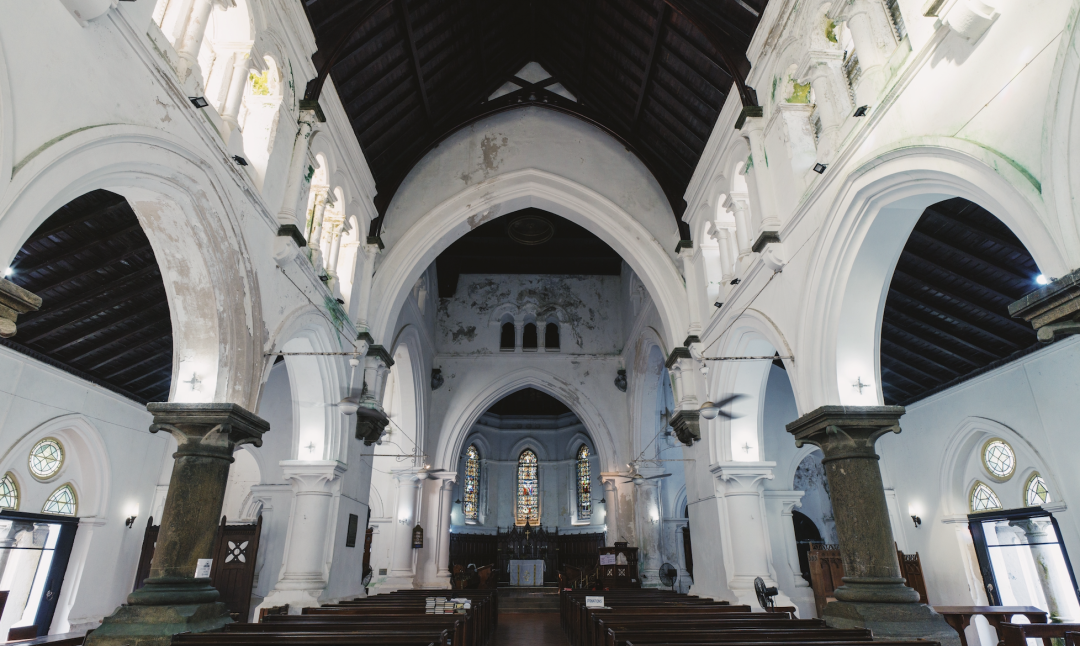
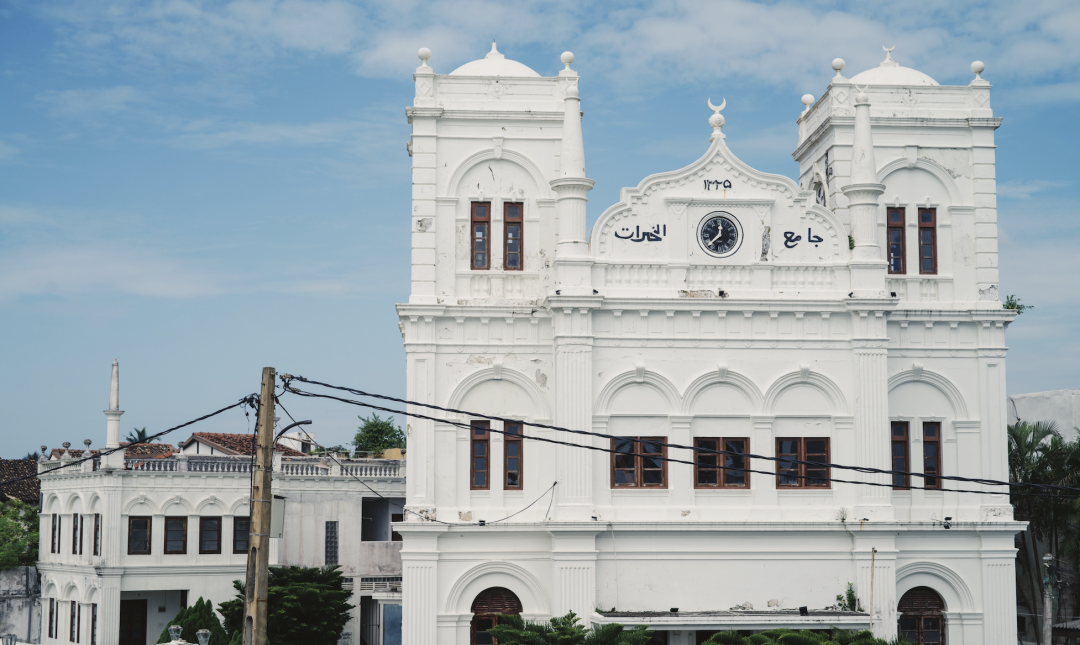
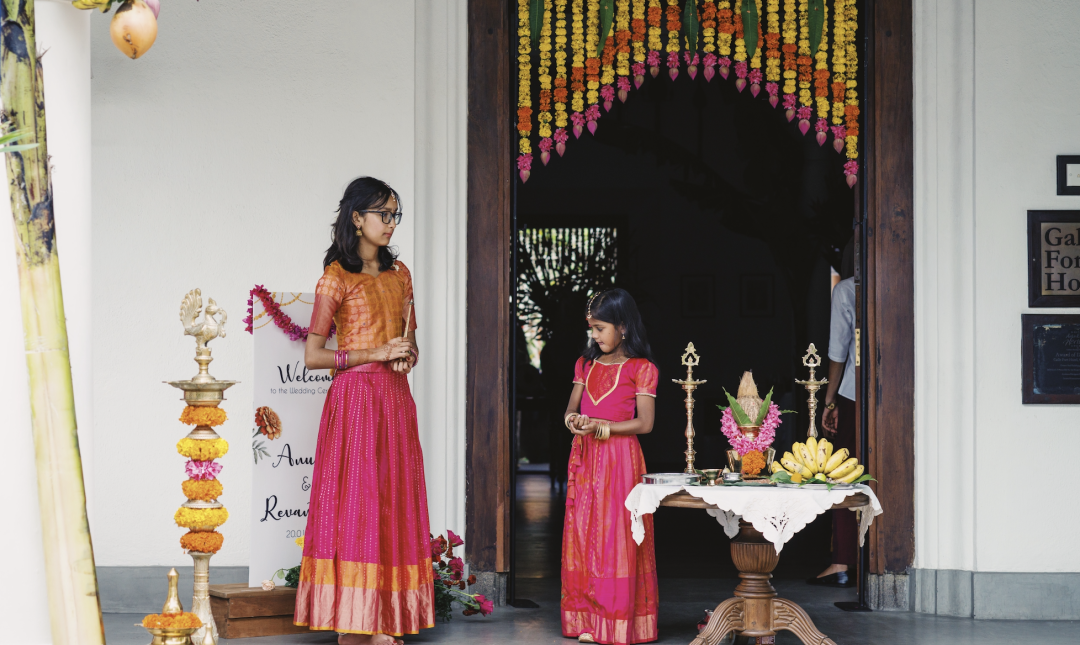
Additionally, Aman Galle’s breakfast is rich in local flavor. The dish shown in the following photo is called hoppers, a local specialty that somewhat resembles coconut dumplings, which you eat with curry.
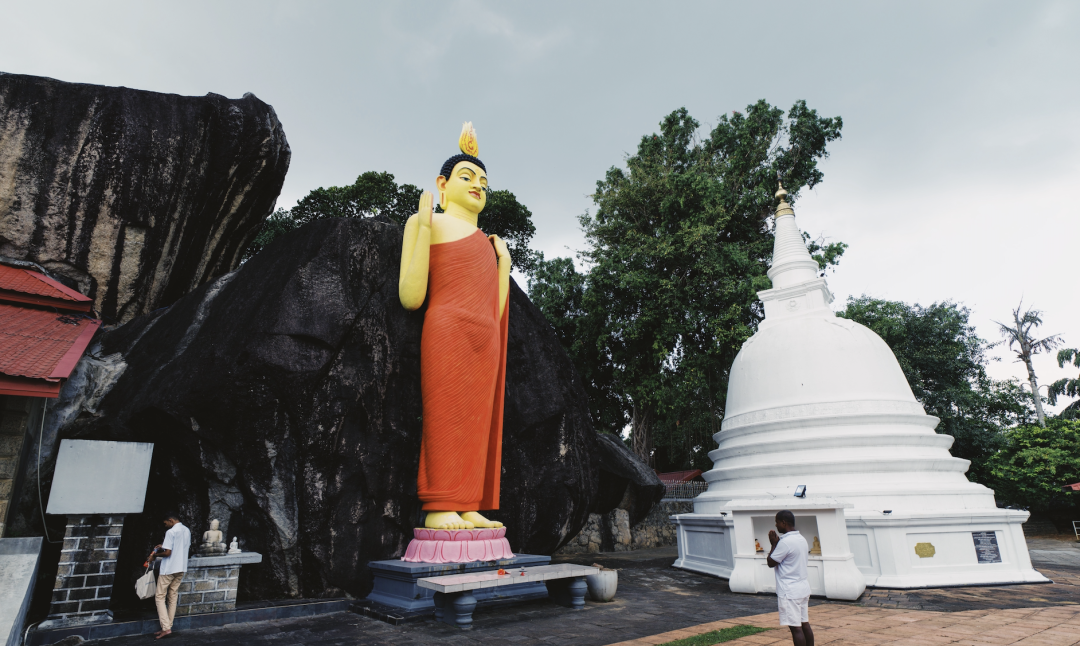
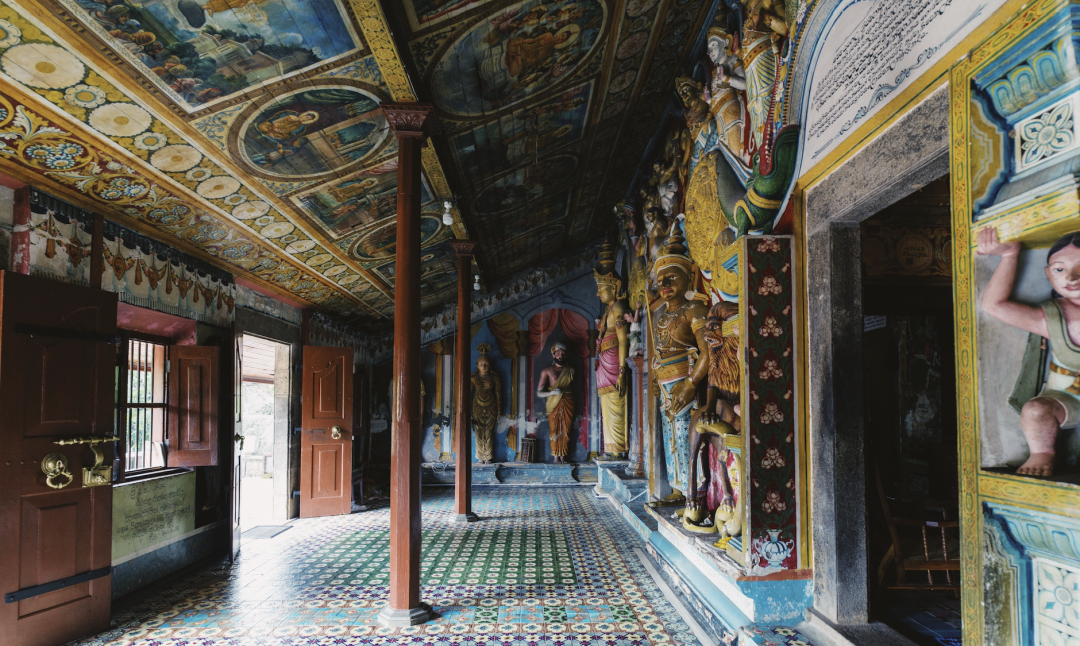
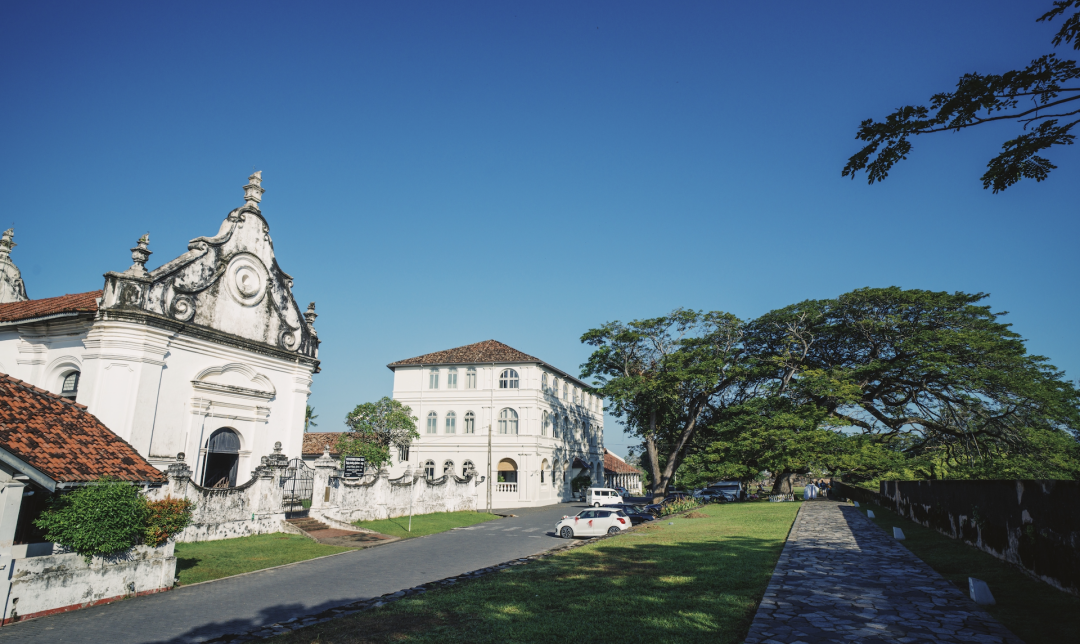
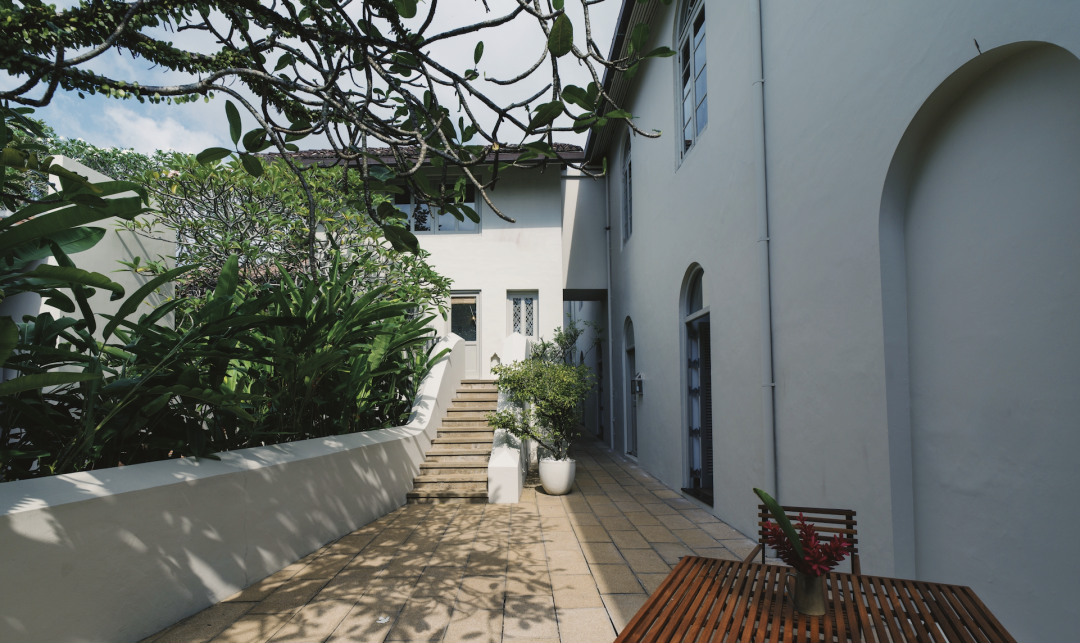
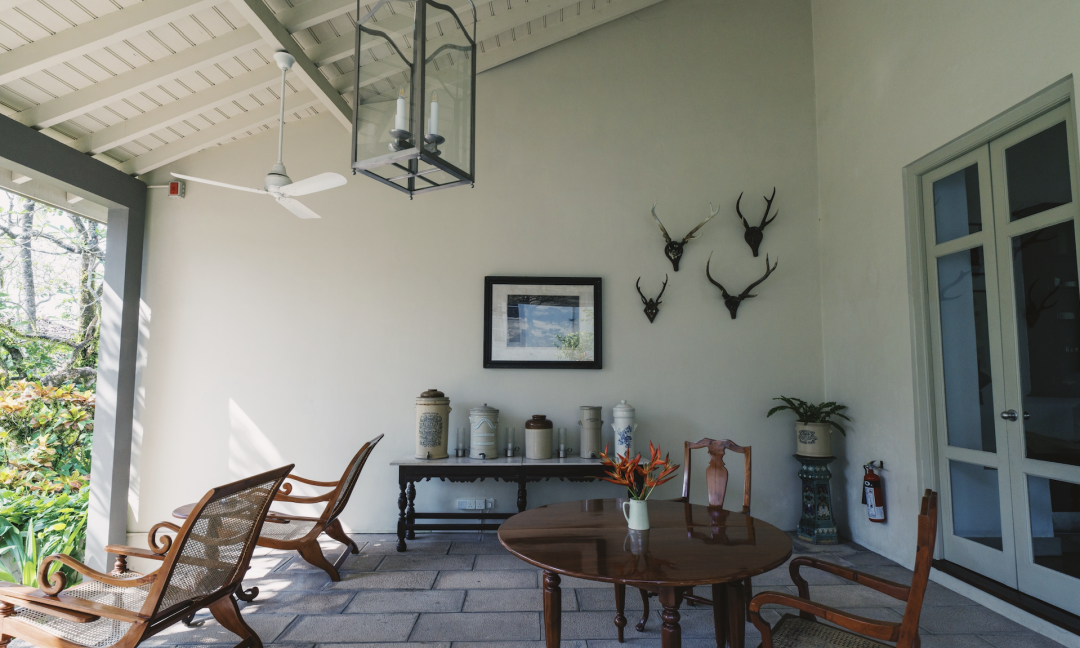
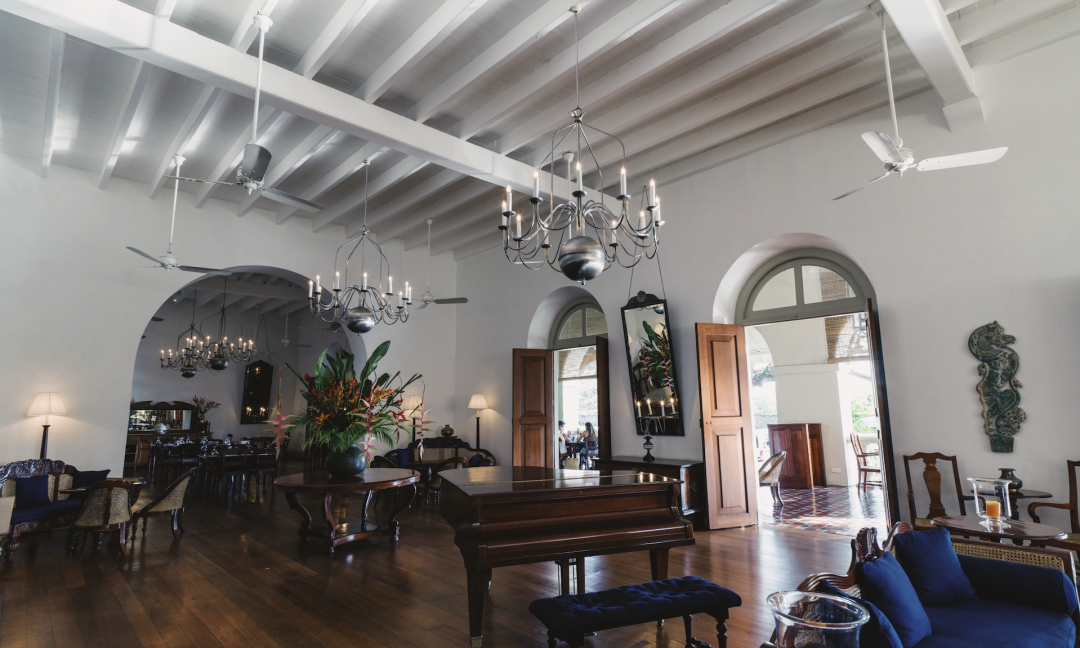
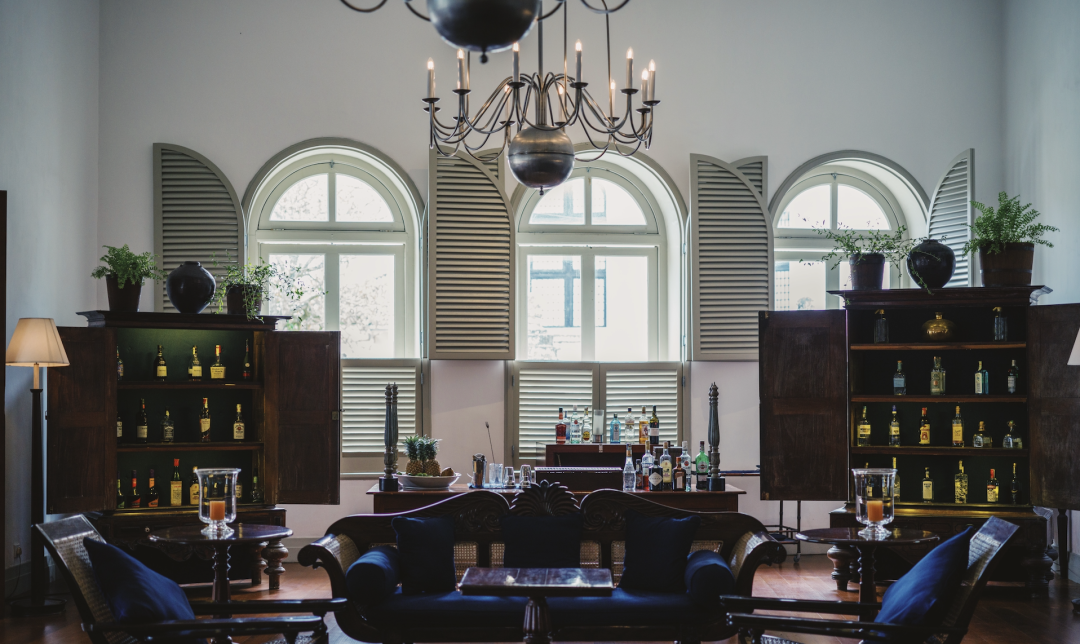
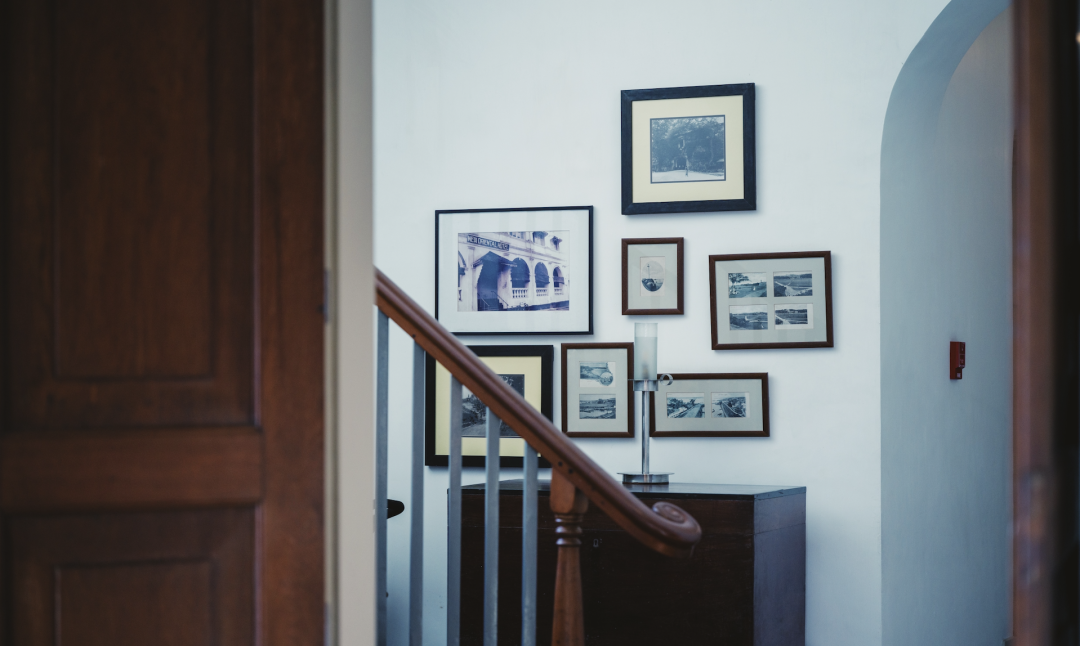
Activities at Aman Galle include yoga every morning in the hotel’s garden, which has hundreds of years of history.
The butlers will take you on a walking tour of Galle Fort. Galle is small, and the best way to explore it is on foot. Aman Galle has its own exclusive route with a guide. In such a small ancient city of Galle, there are remnants from Catholic, Christian, Islamic, and Buddhist traditions, all of which require someone to provide detailed explanations.
Additionally, the butler took me on a small half-day prayer tour to Yatagala Temple. This is a relatively mystical stone temple in Galle, featuring a large Bodhi tree and solemn Buddha statues. This ancient temple lies outside Galle Fort, and generally, tourists visiting Galle are unlikely to make the trip there.
Finally, here are some other pictures of the hotel. Aman Galle is certainly worth visiting.


